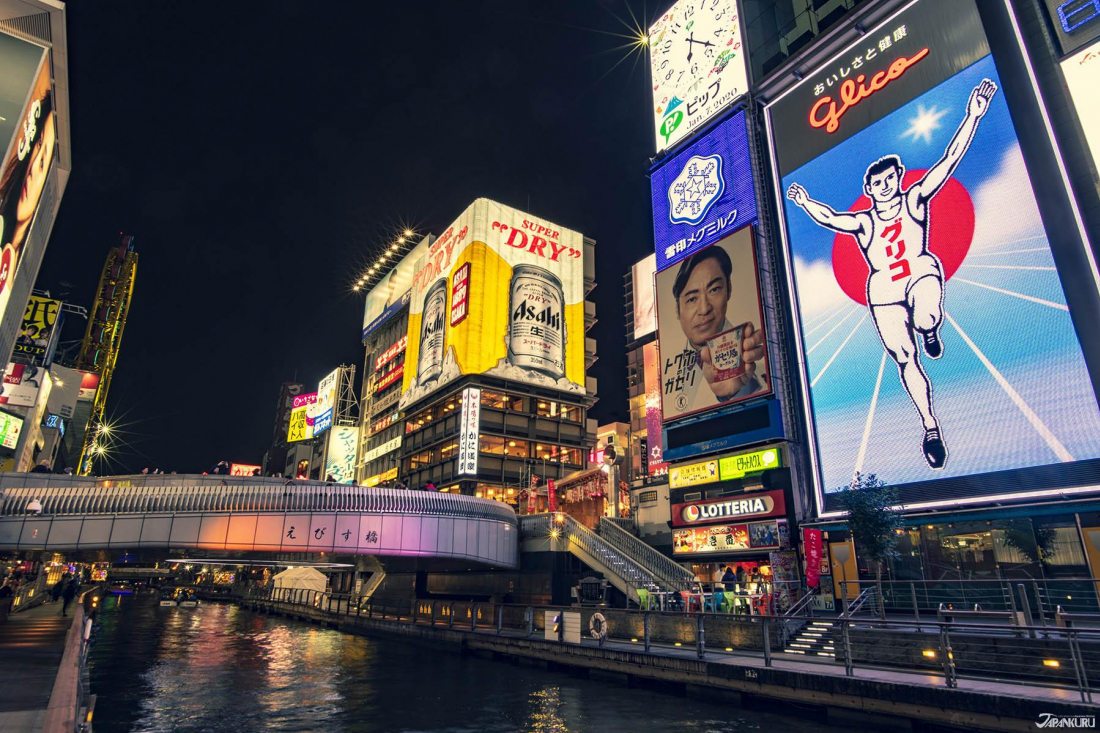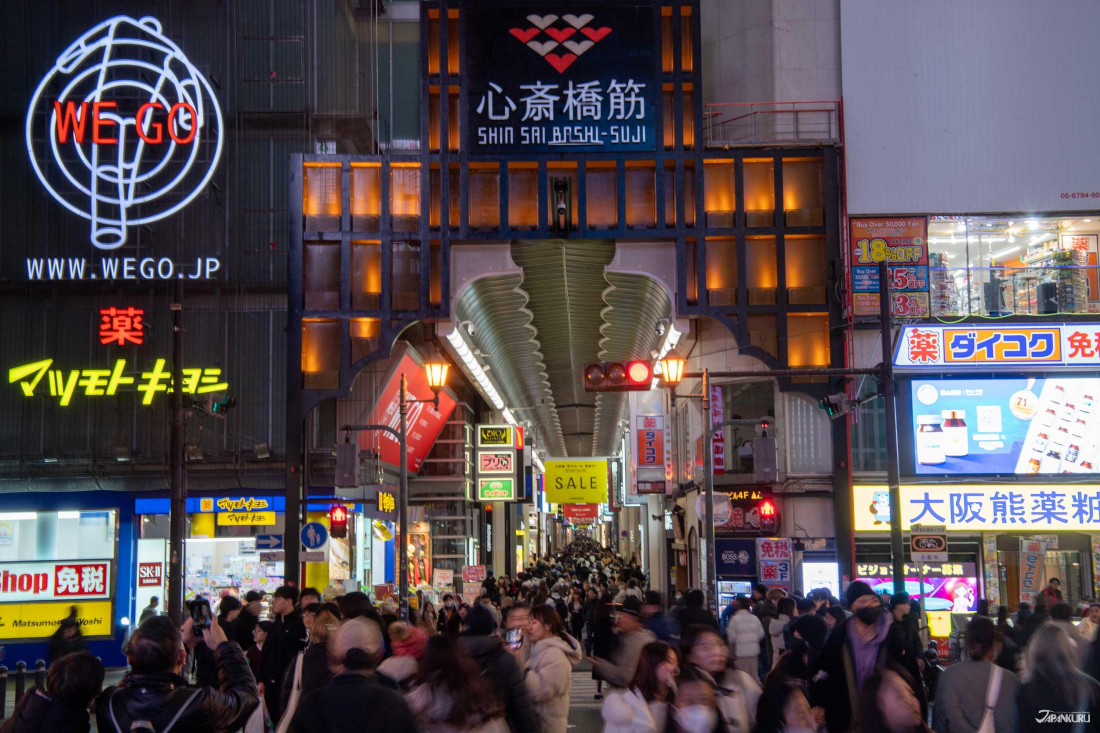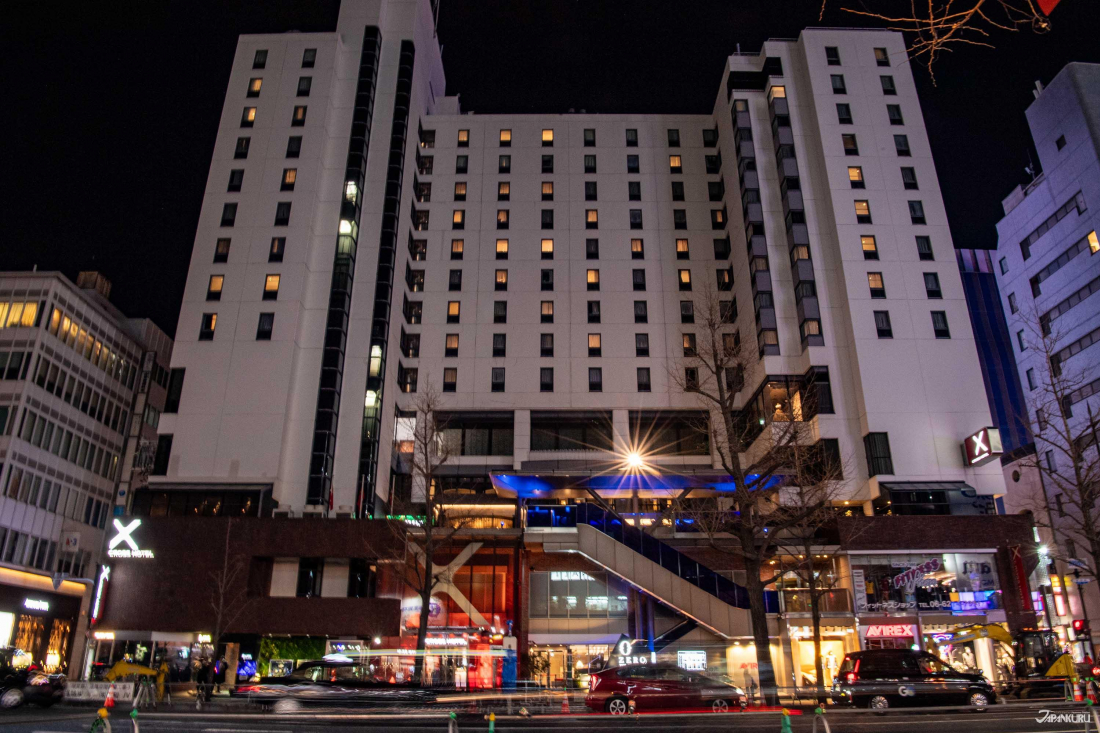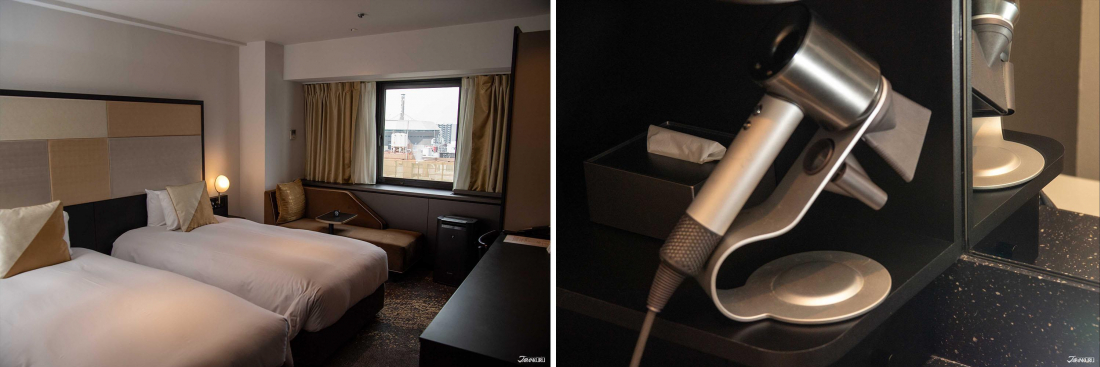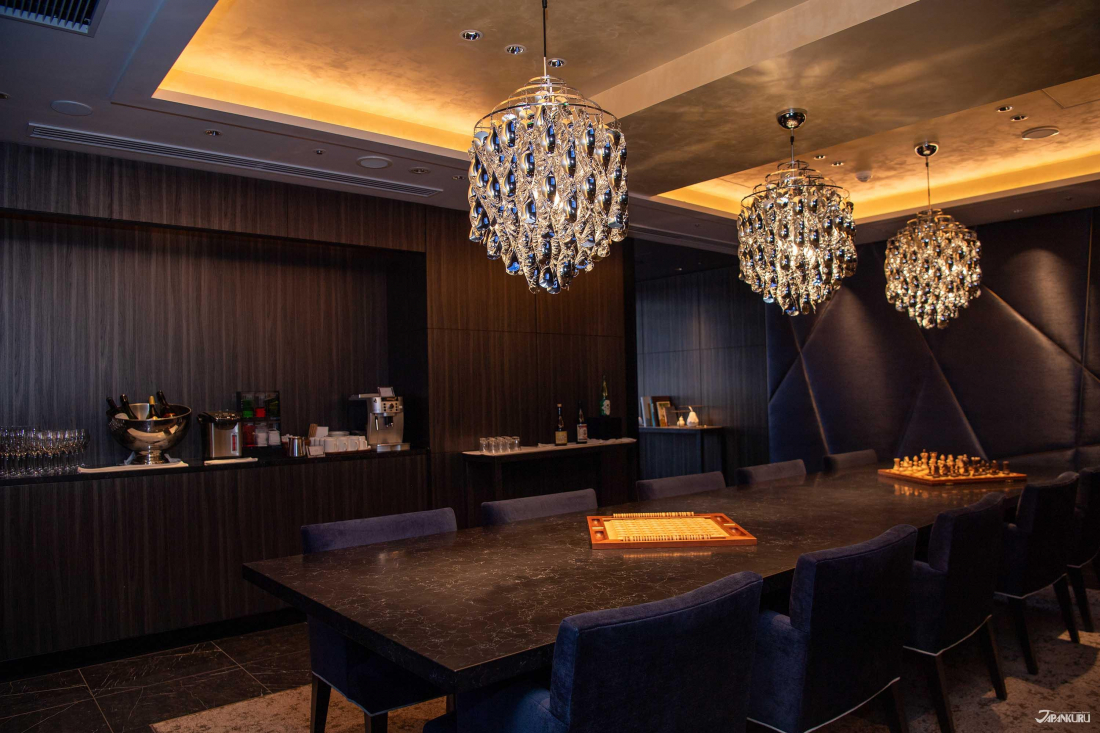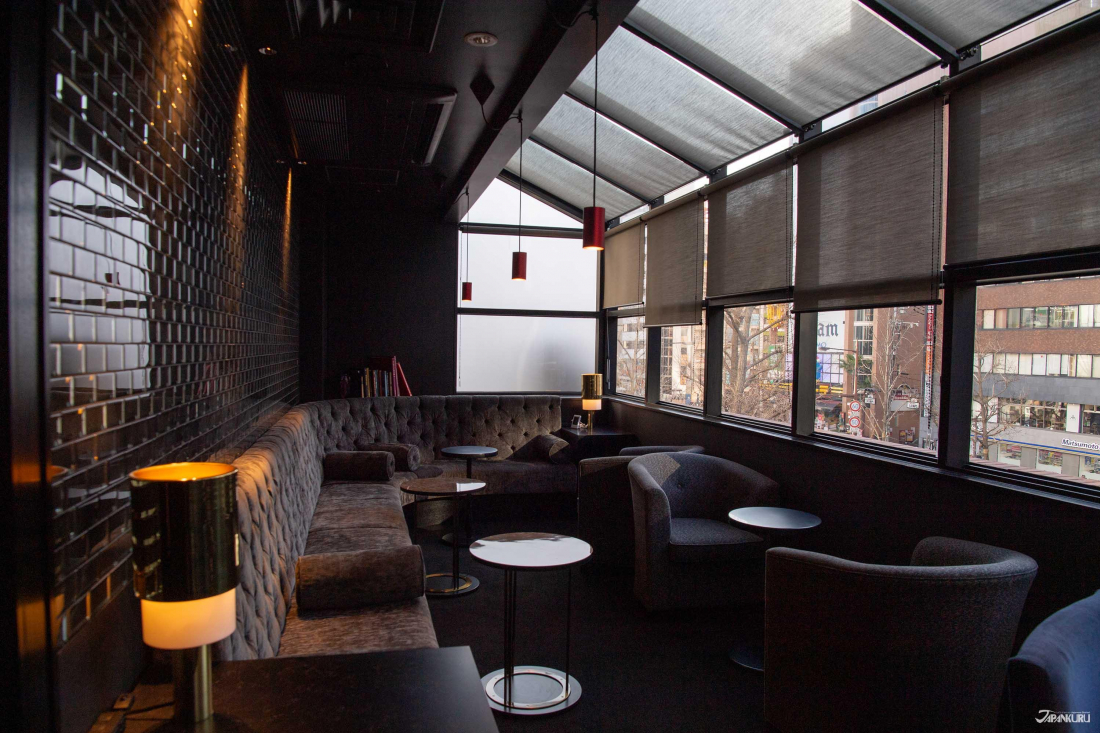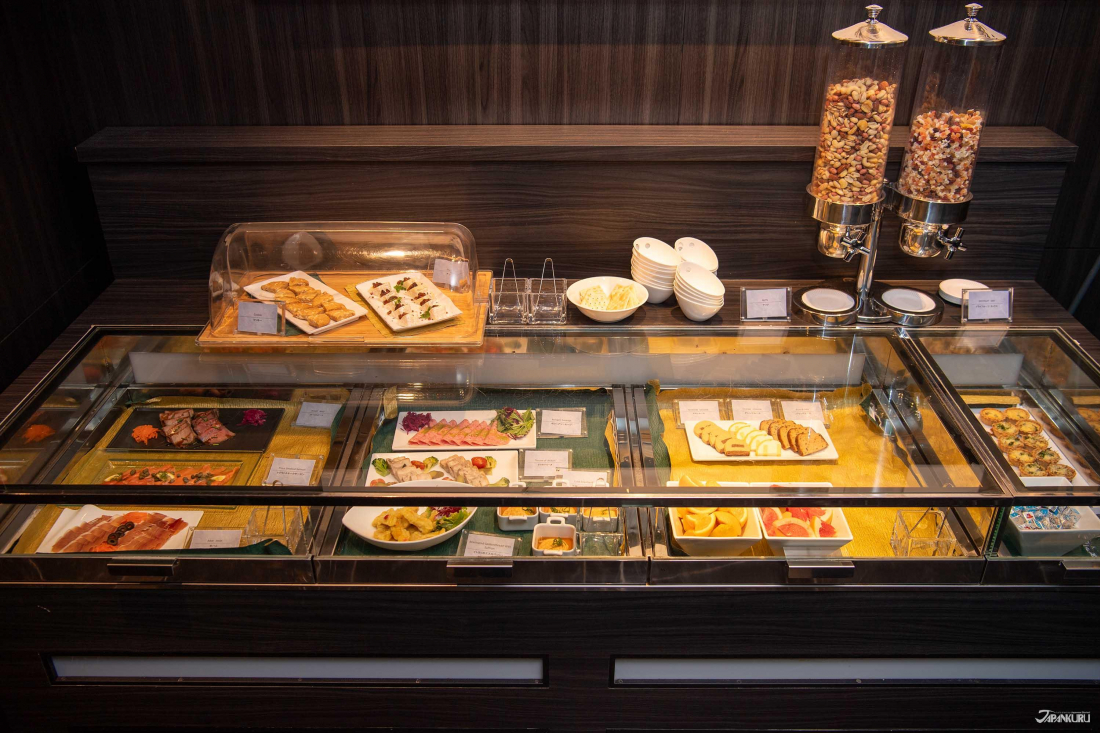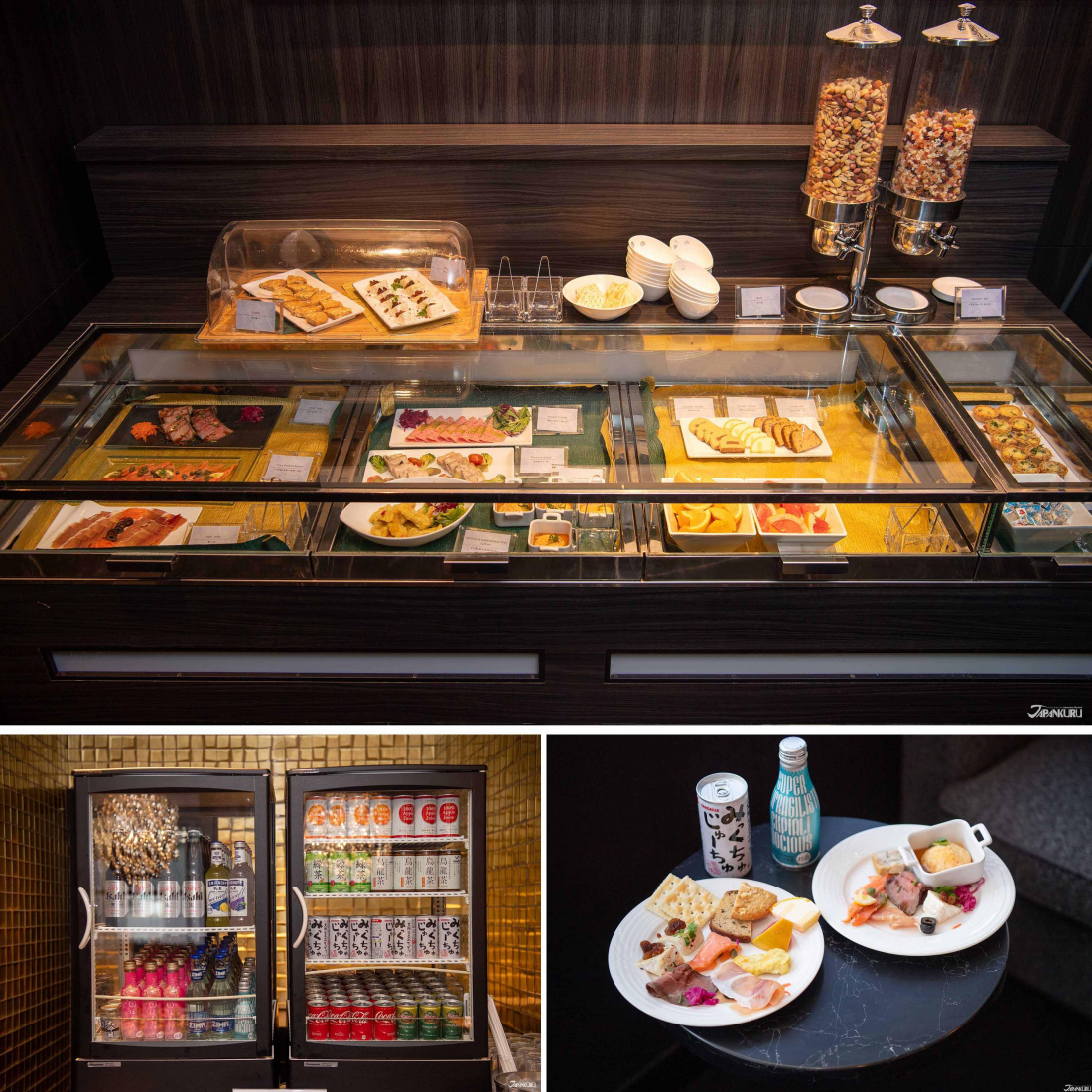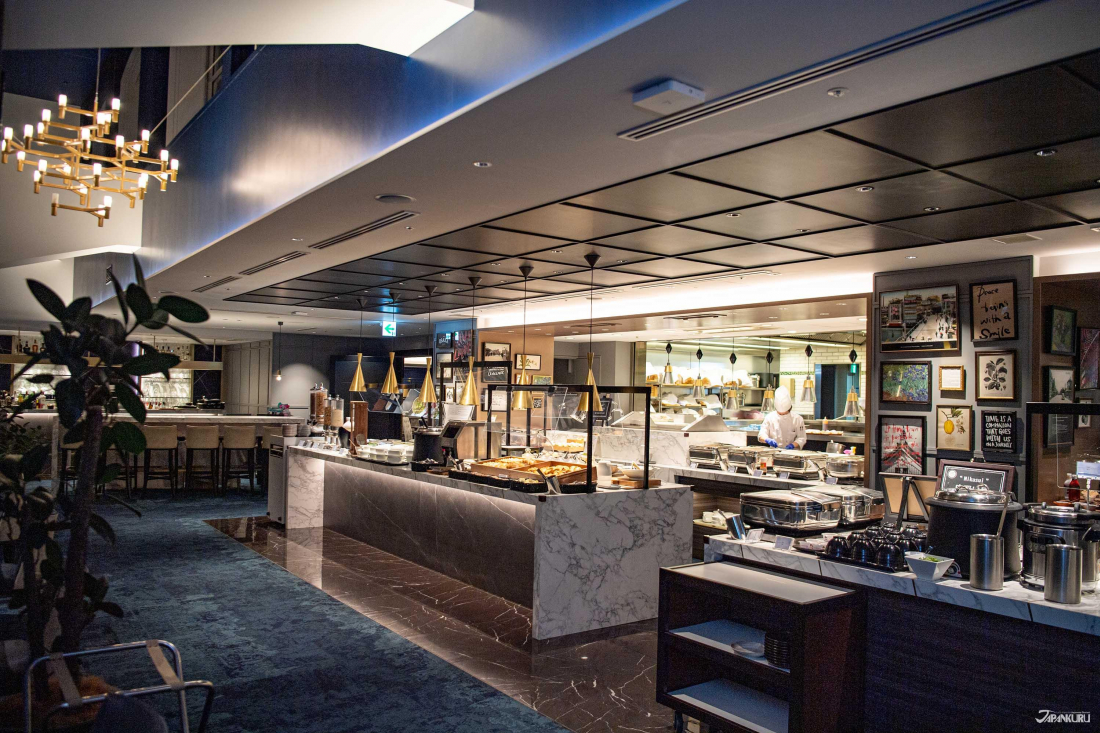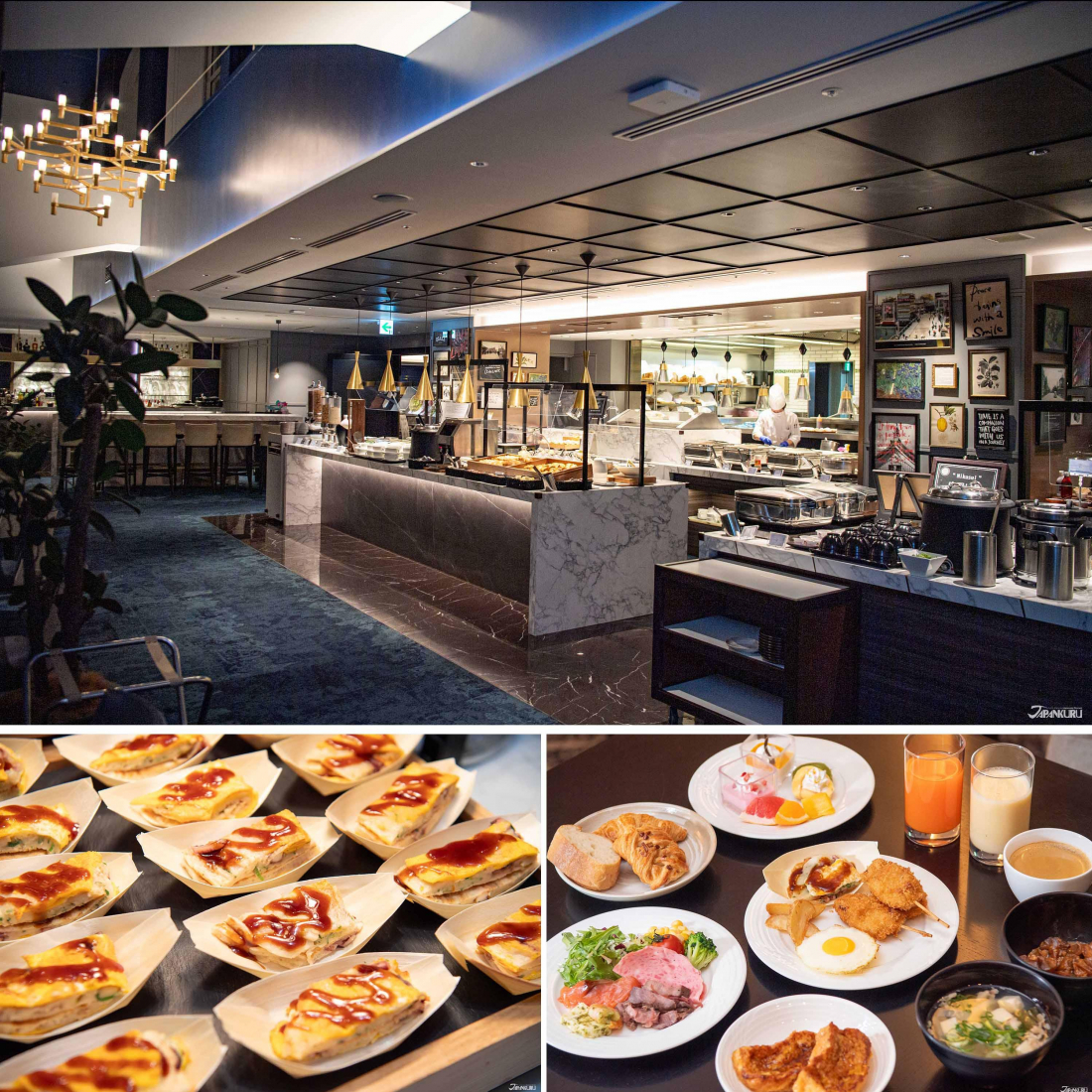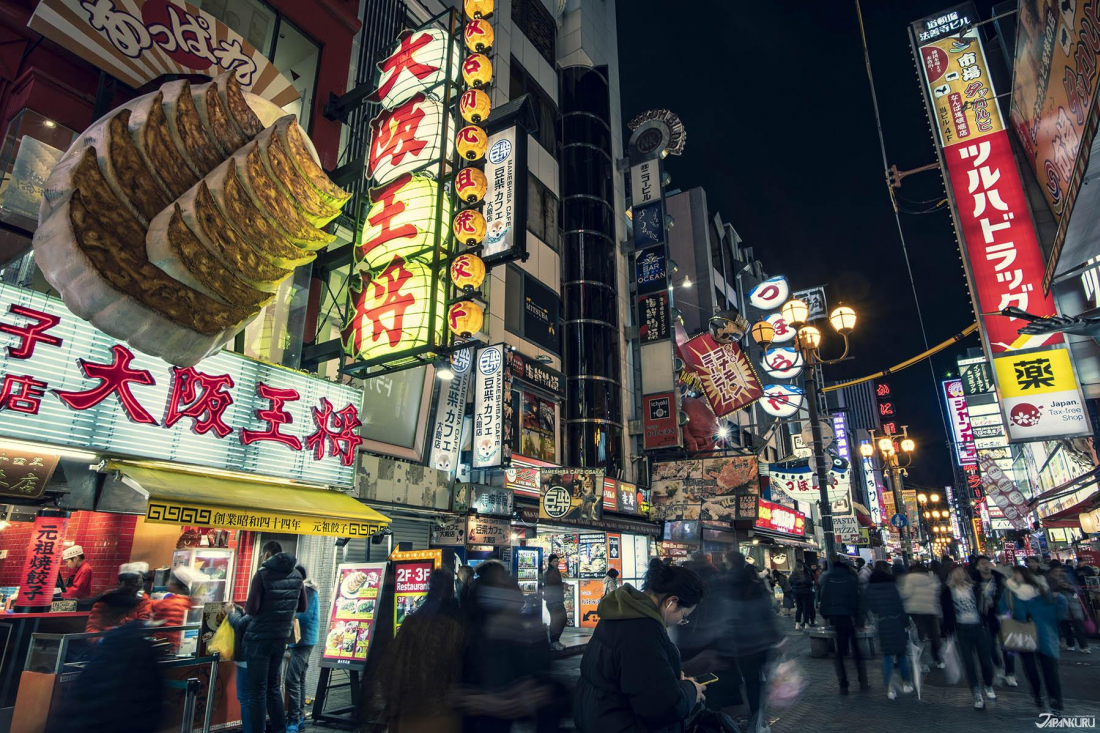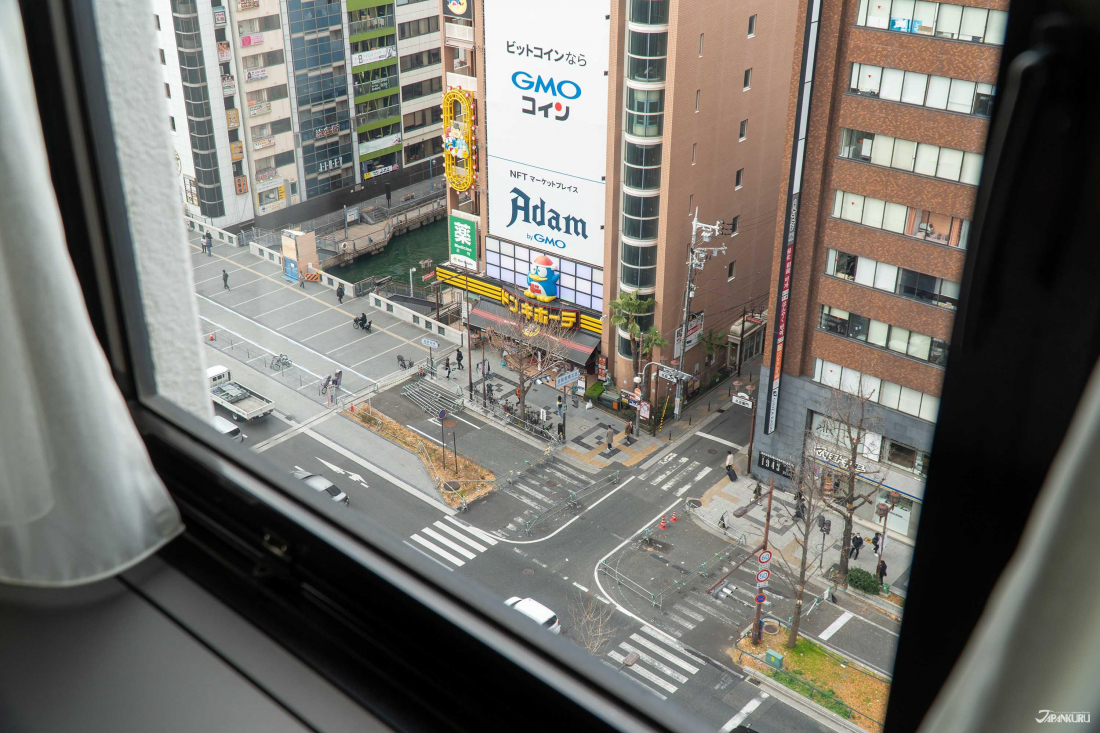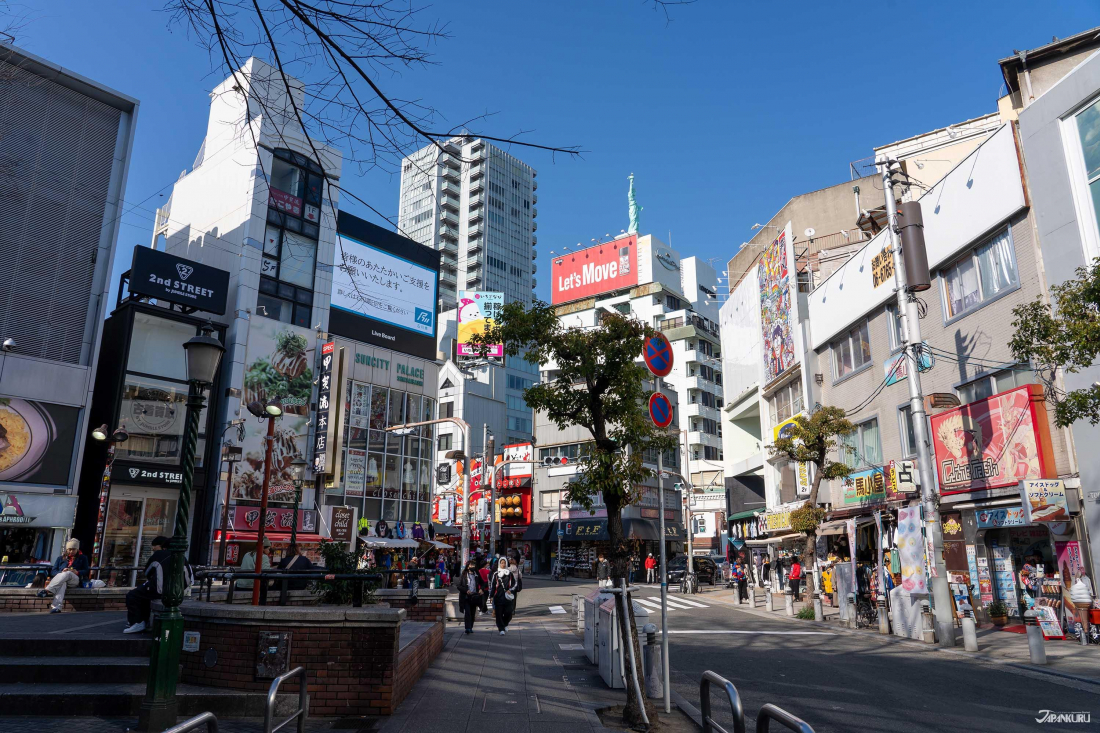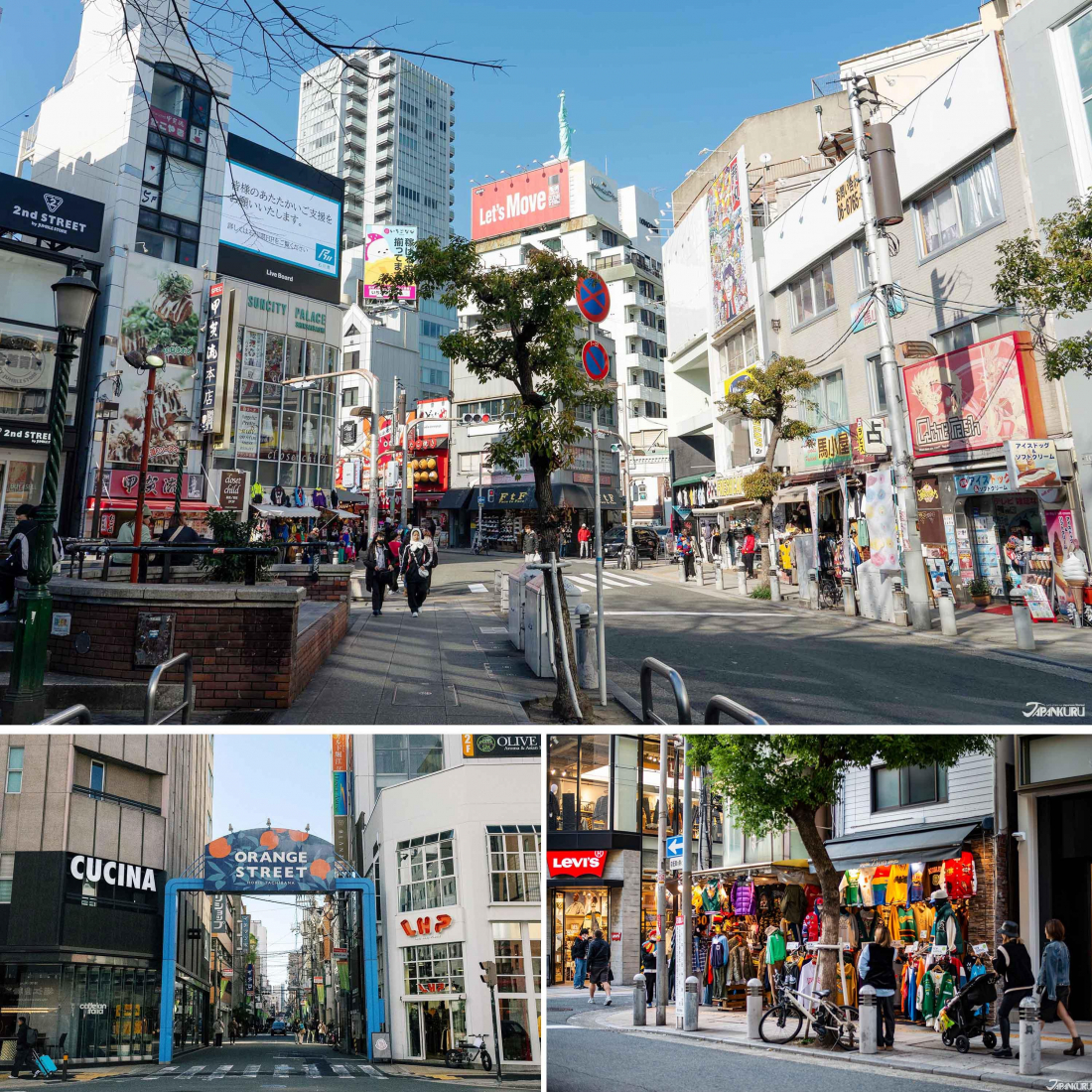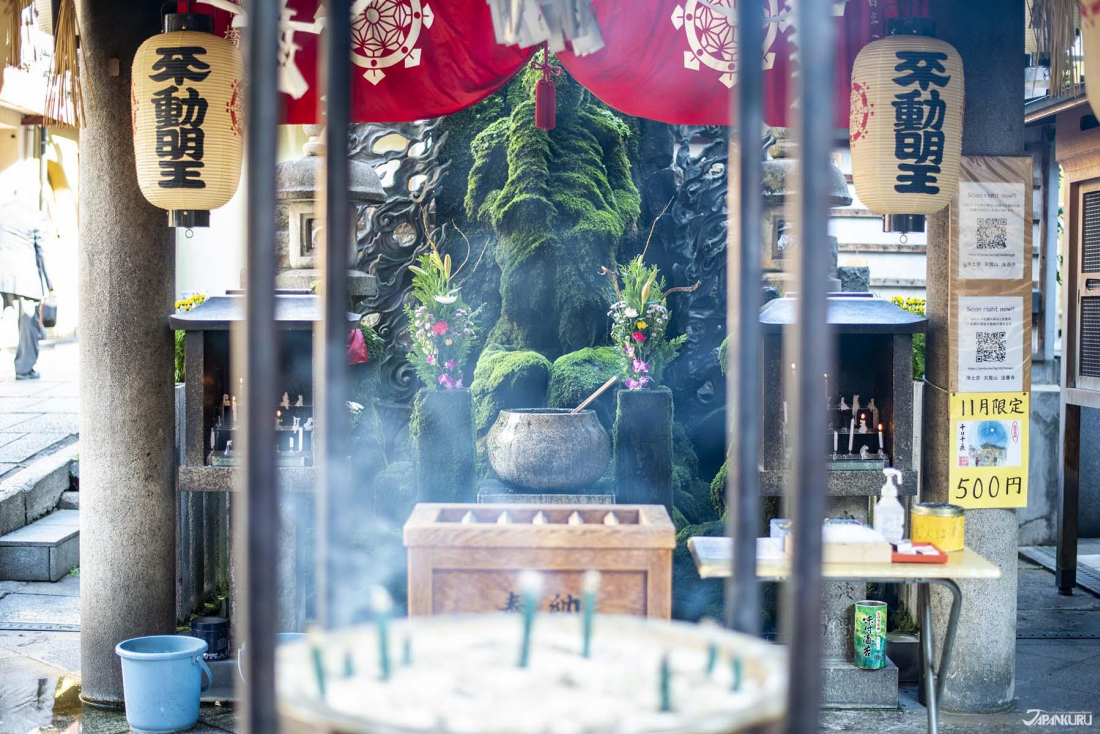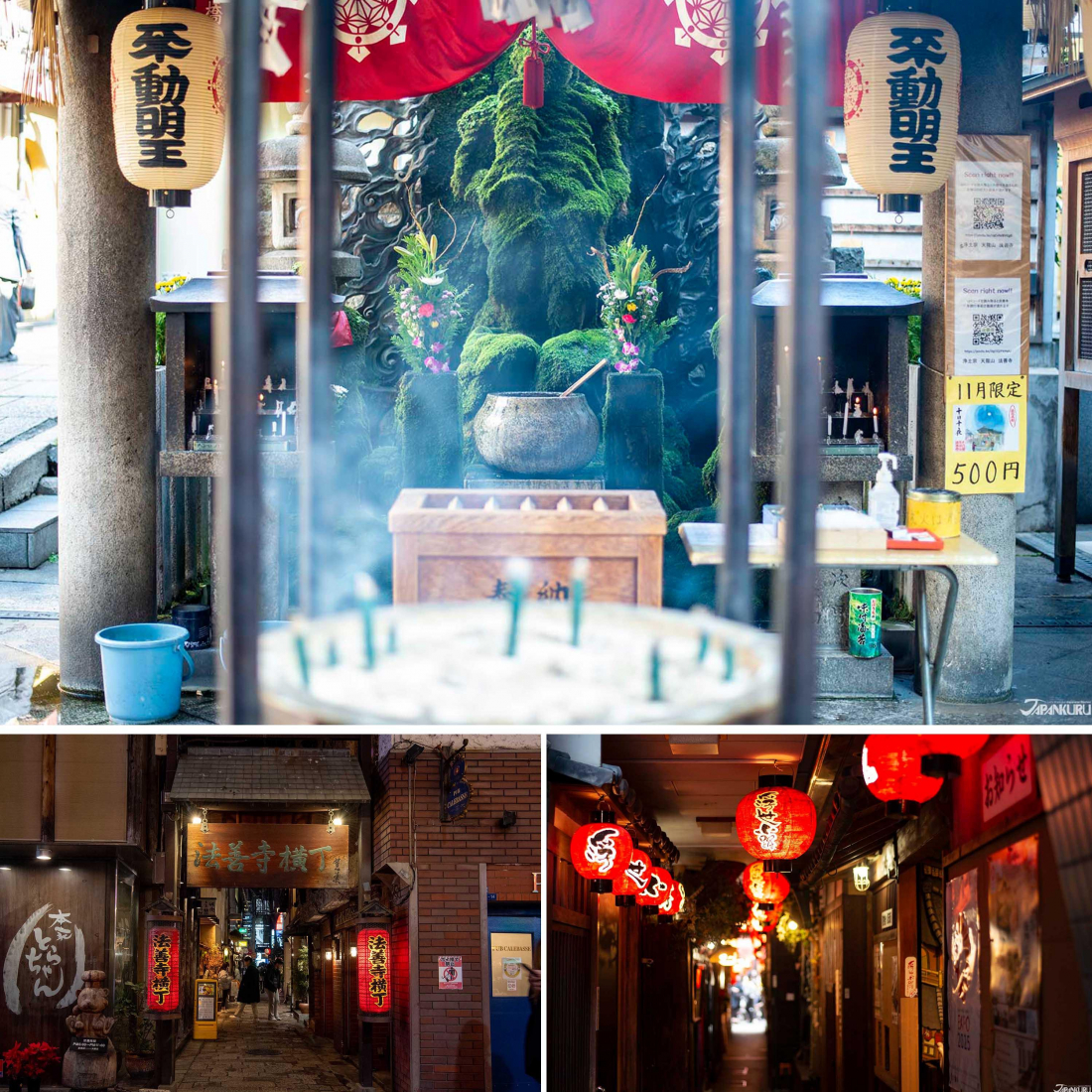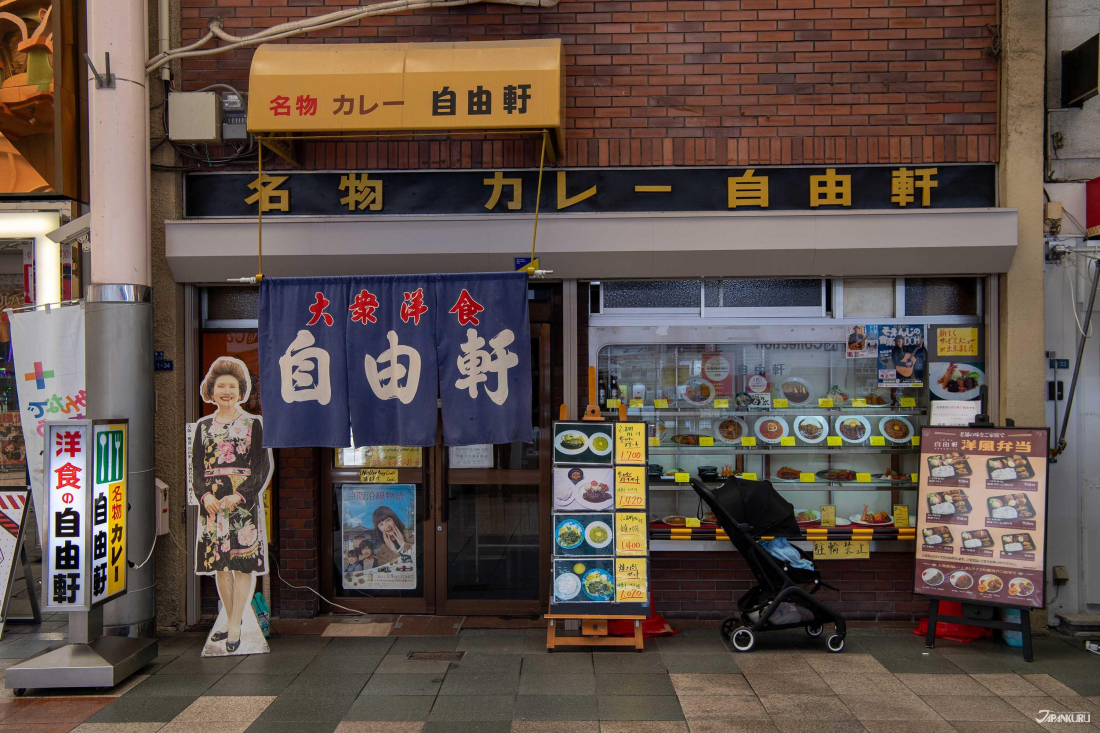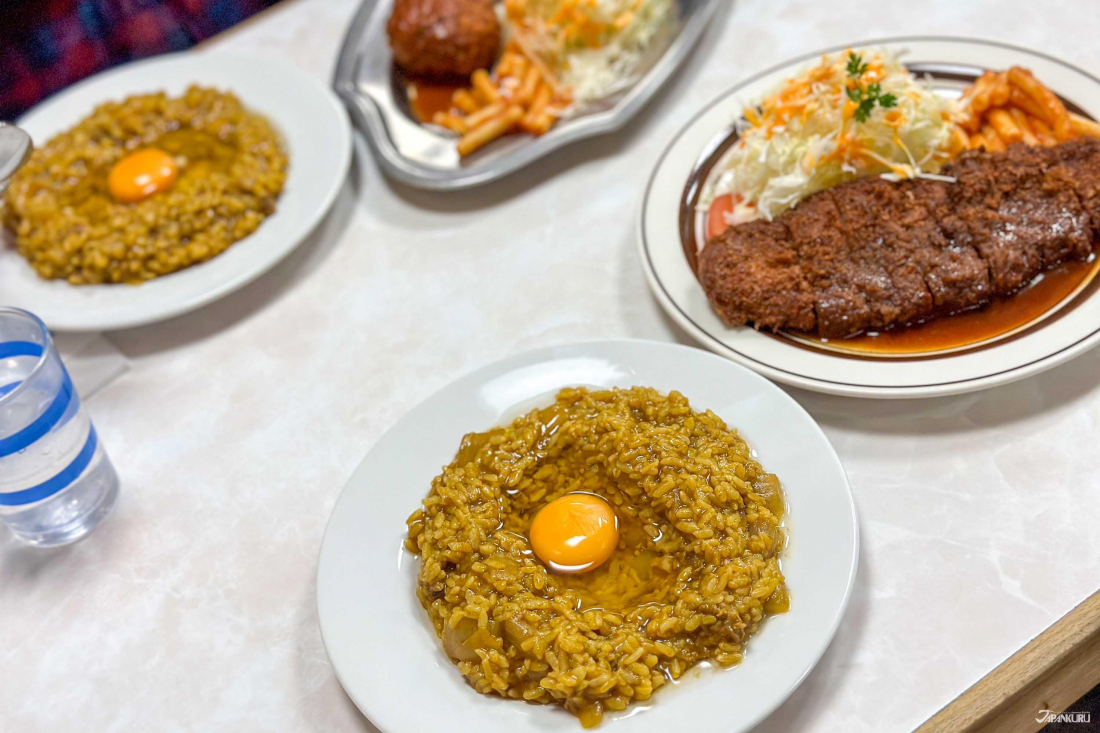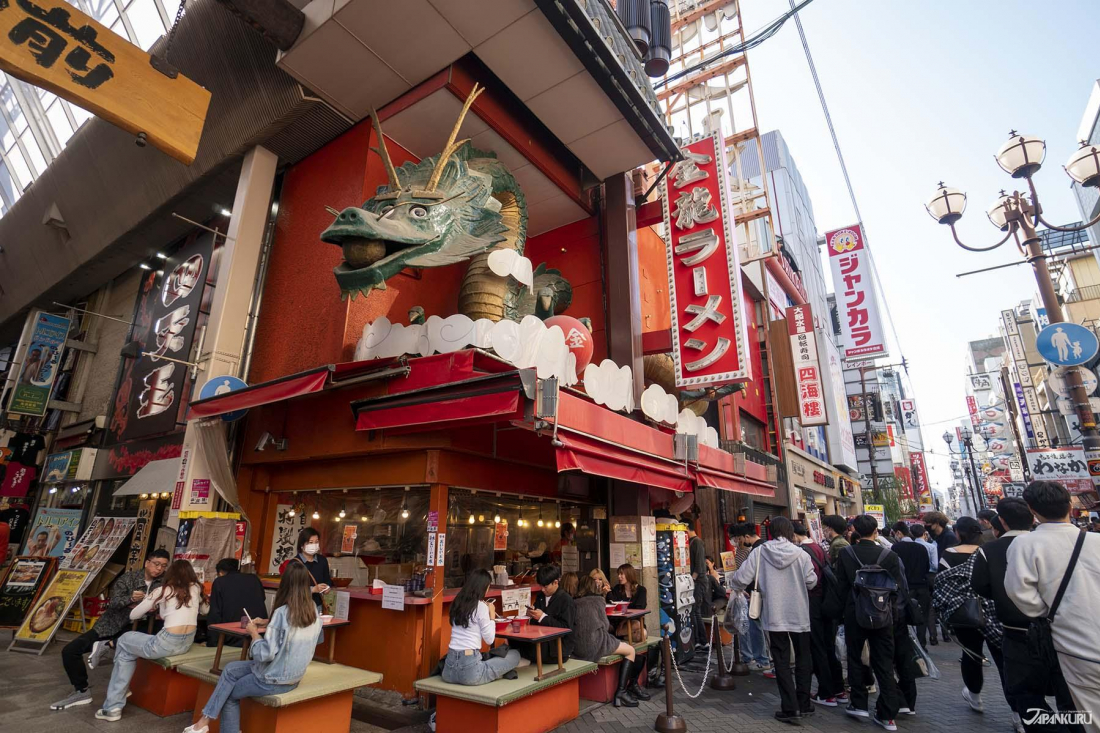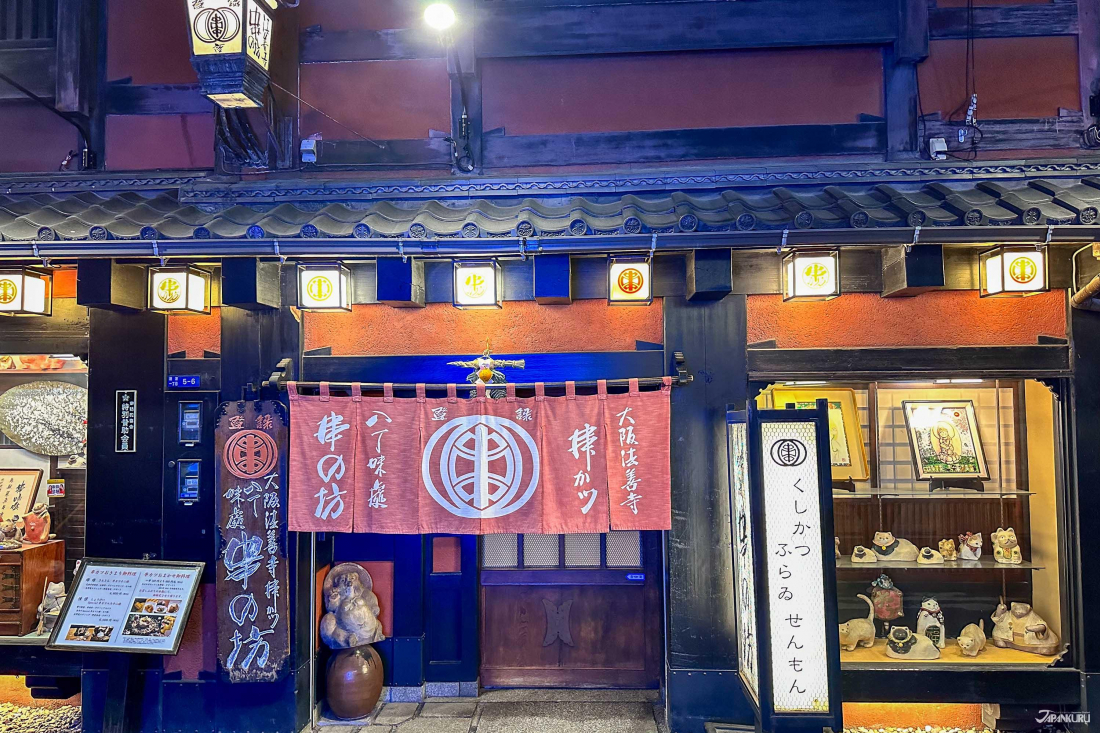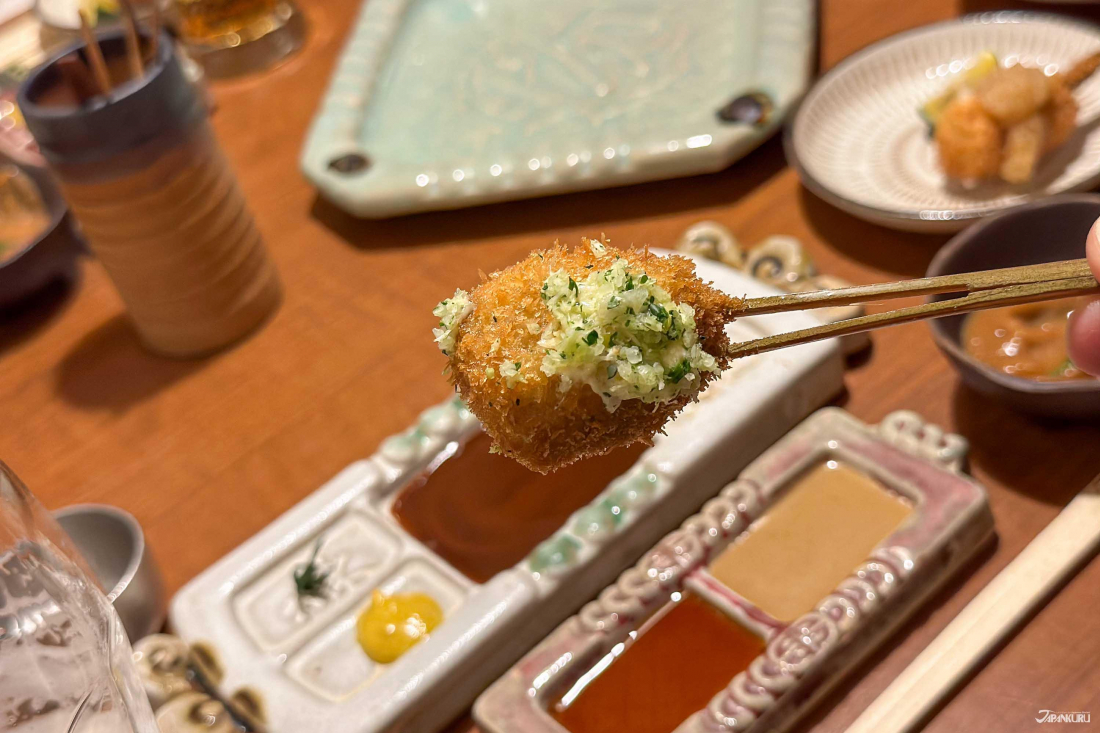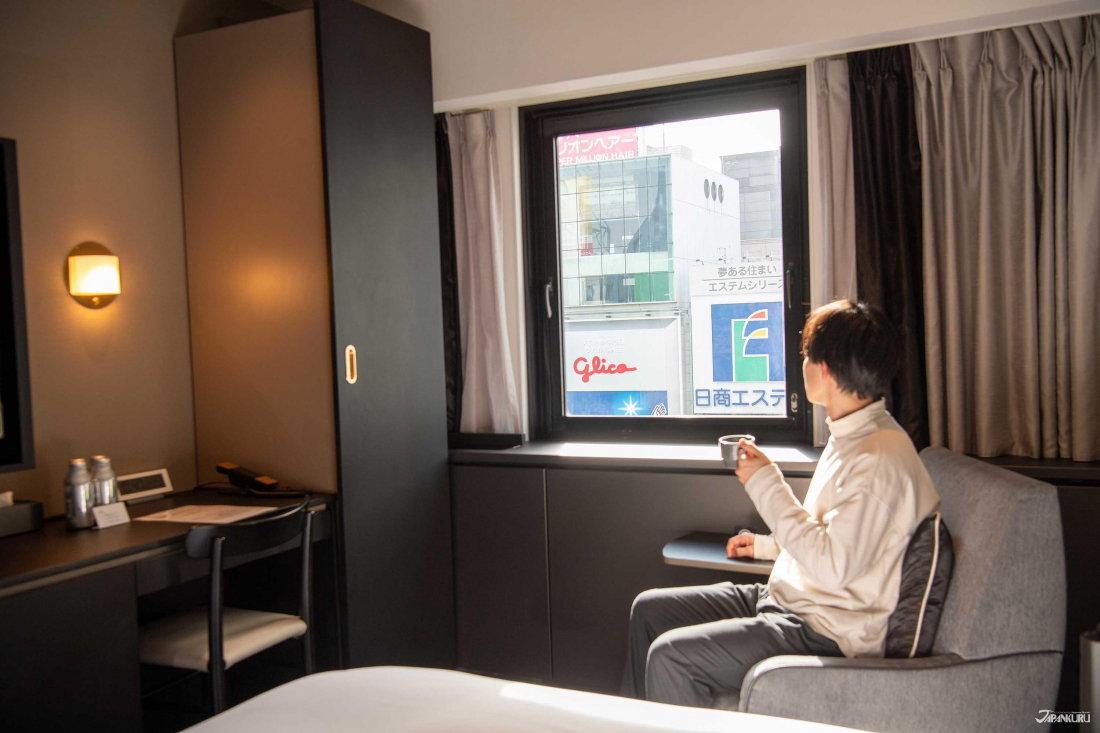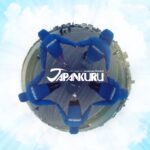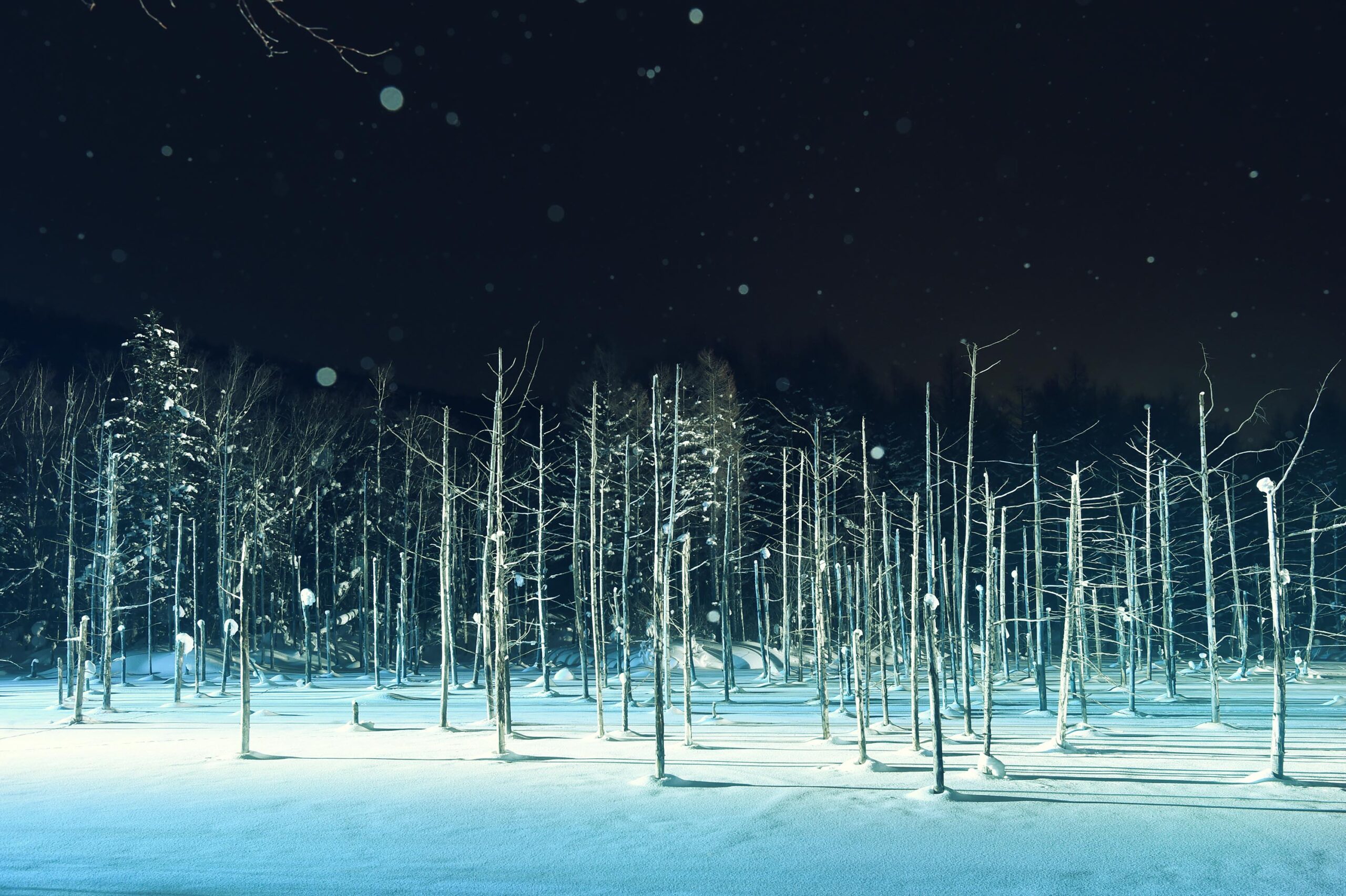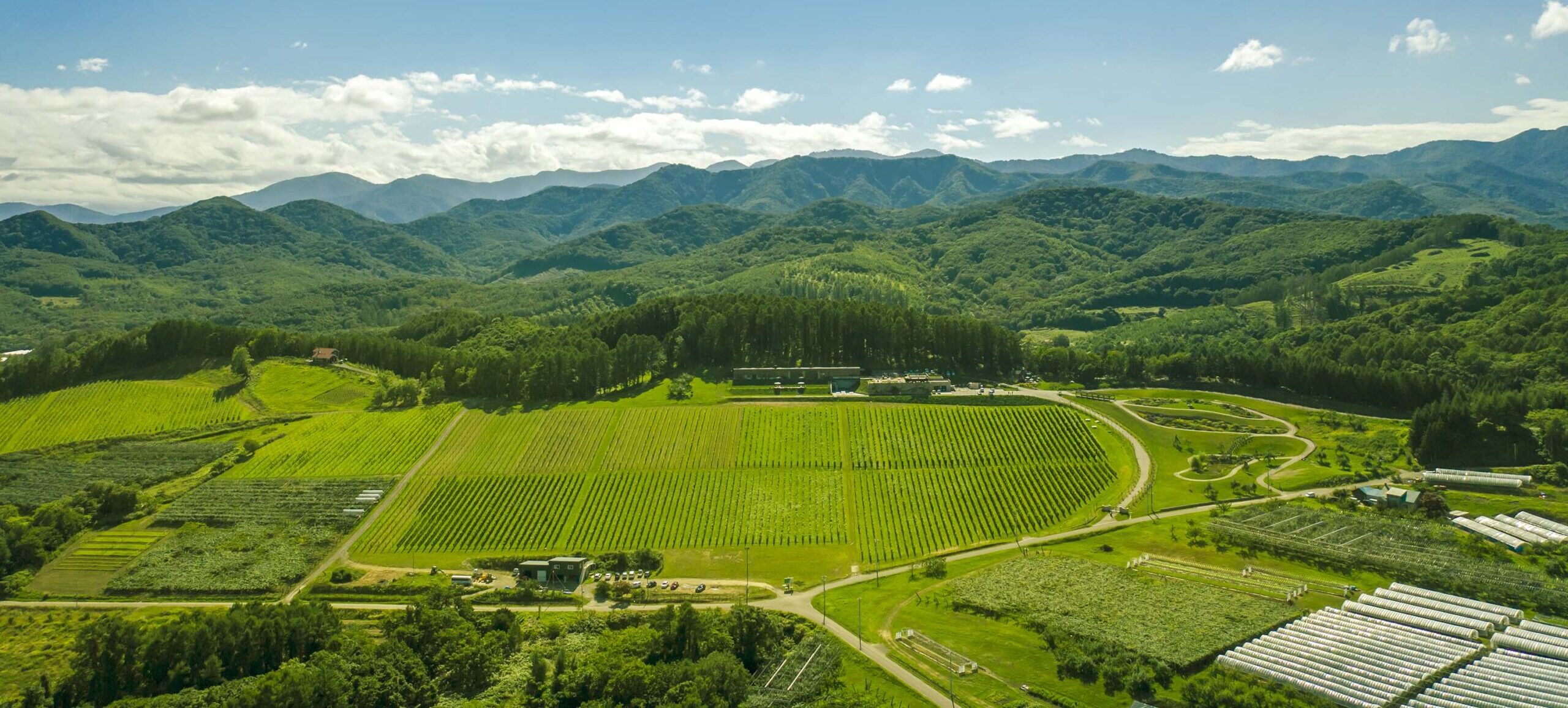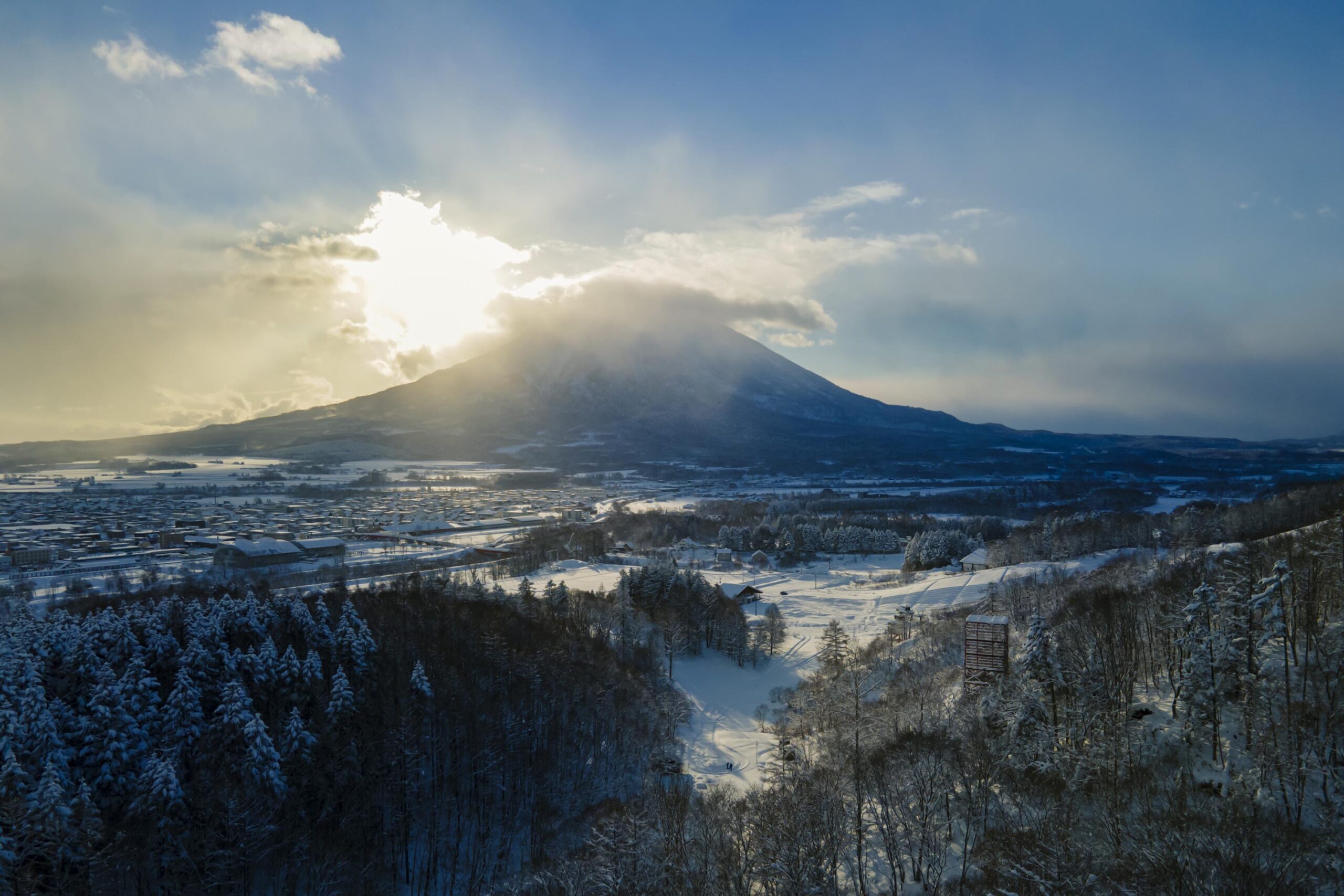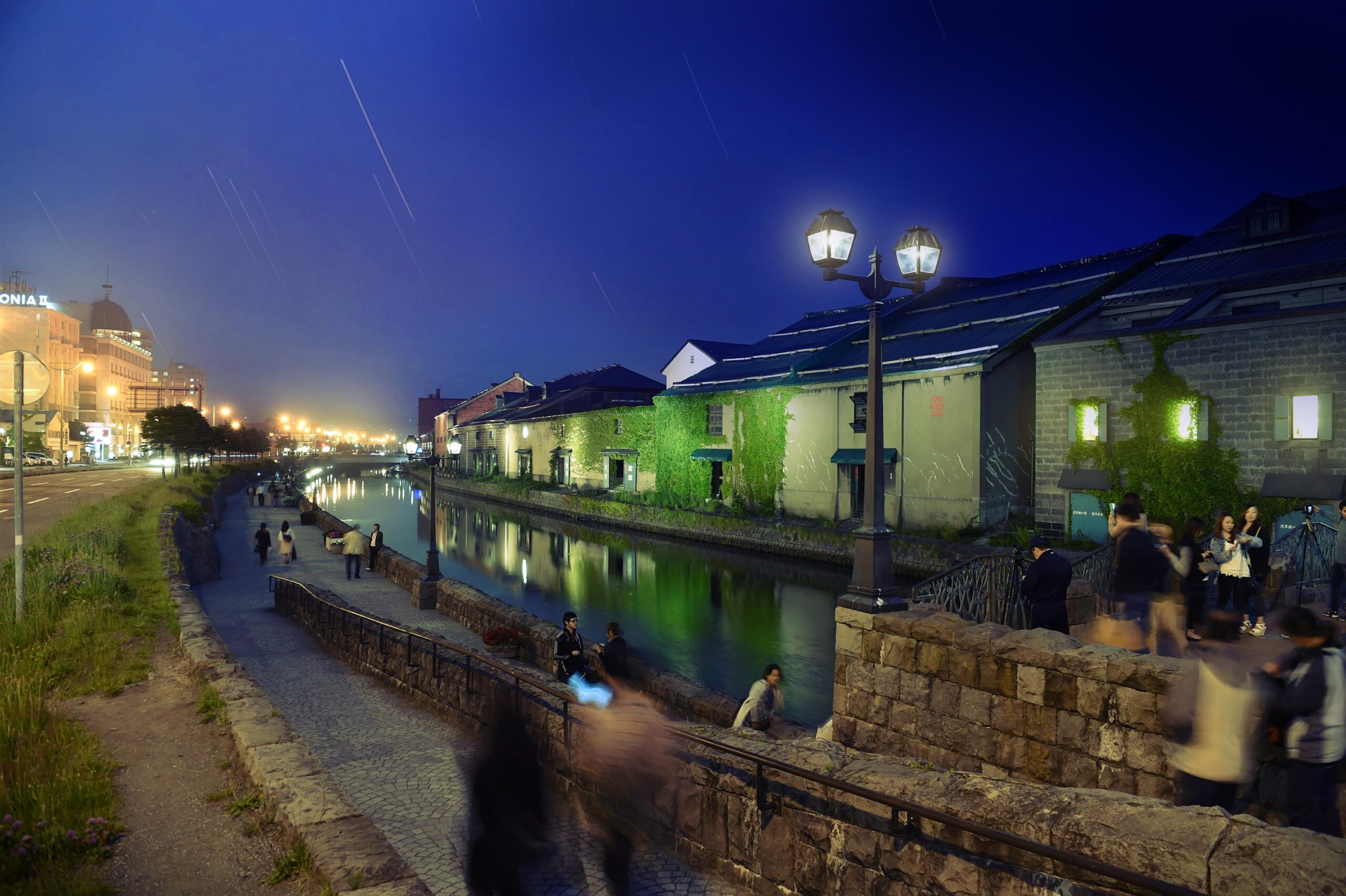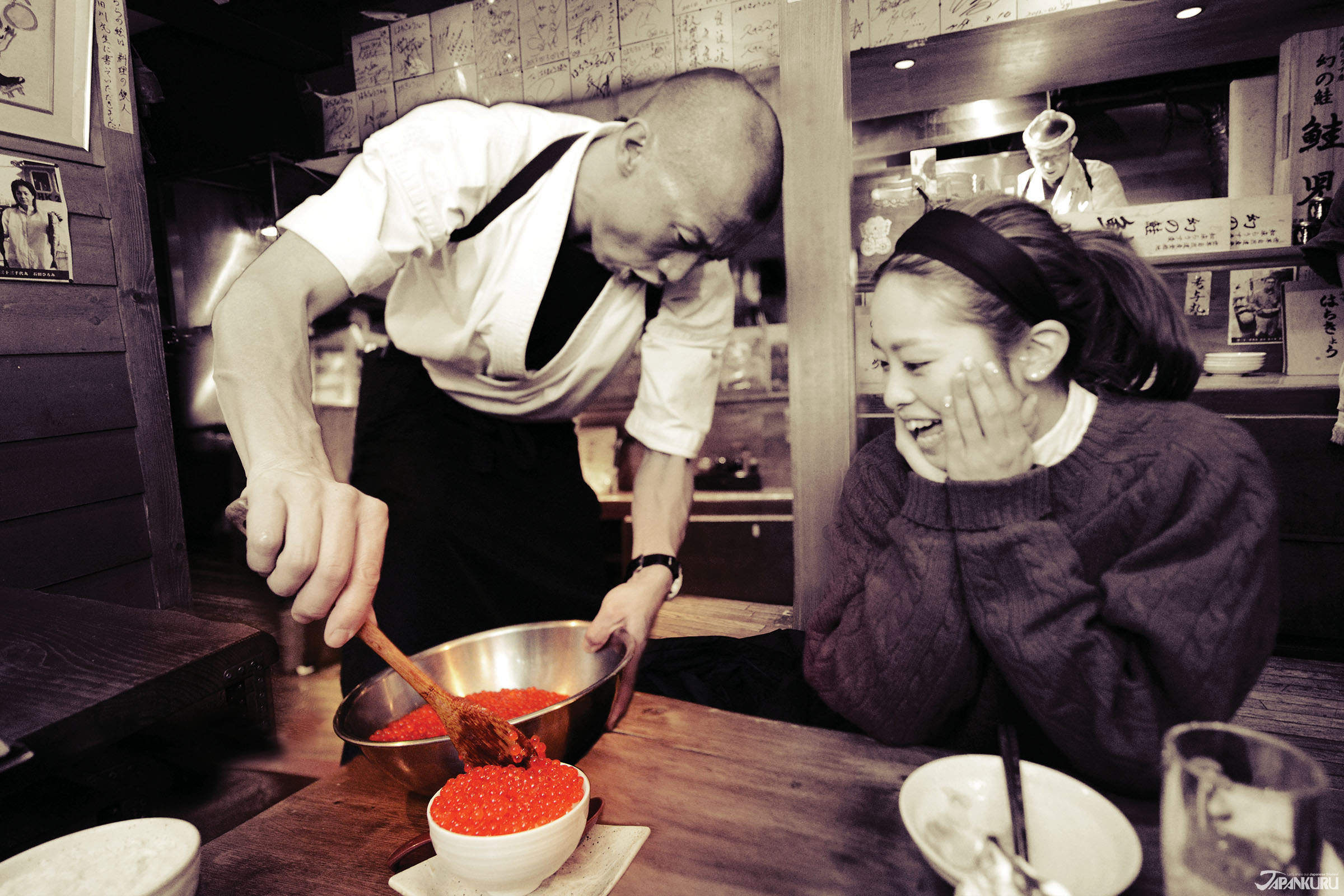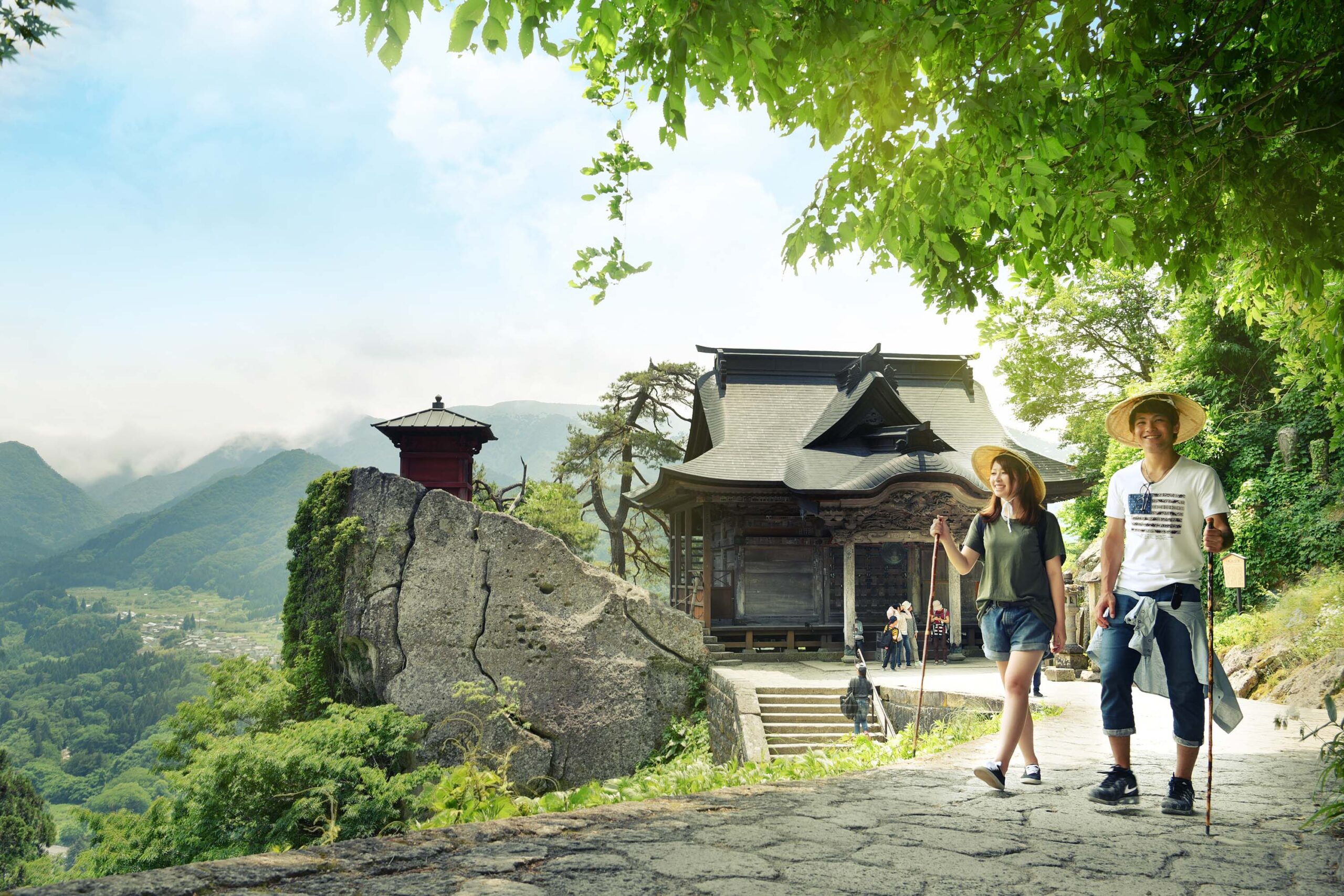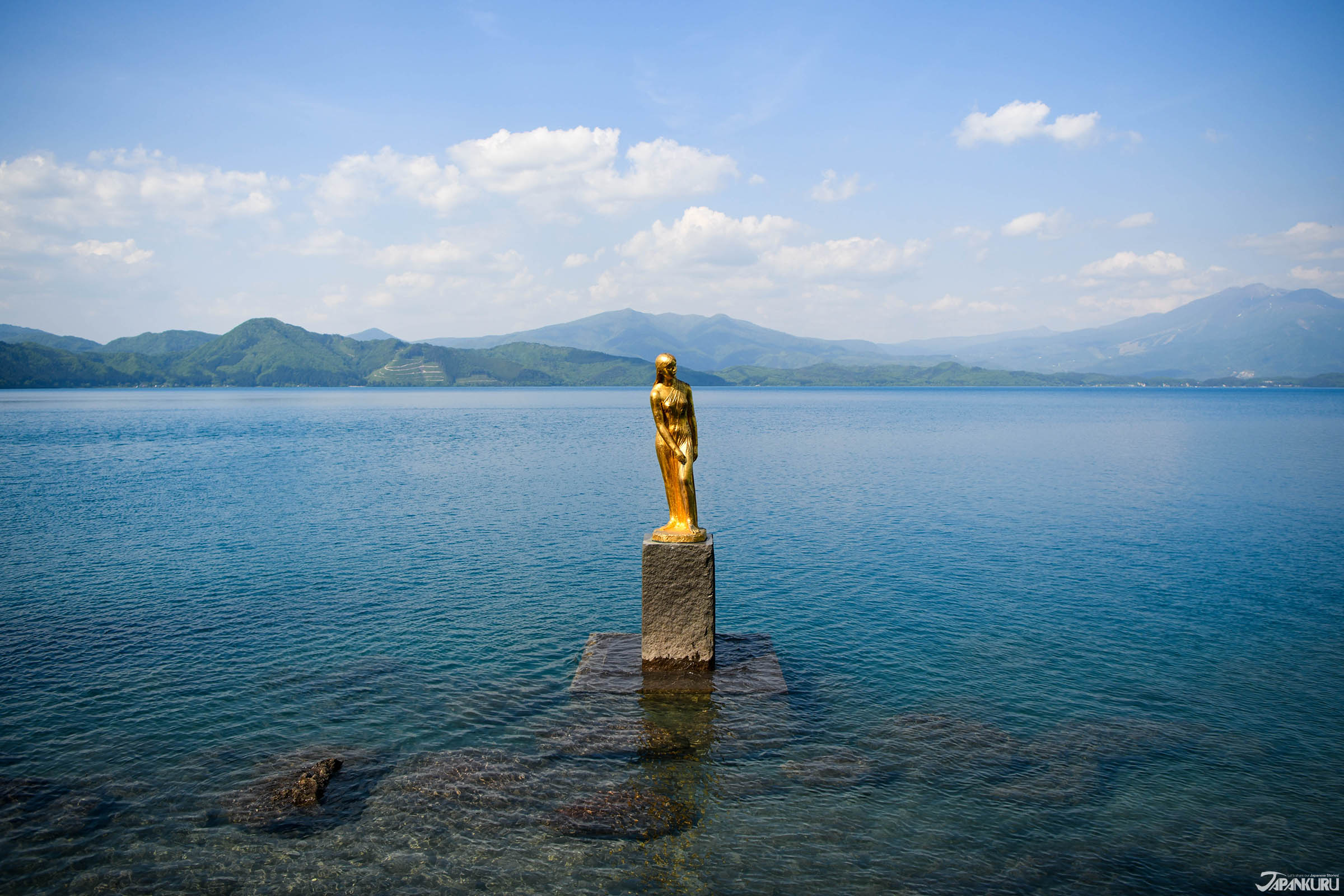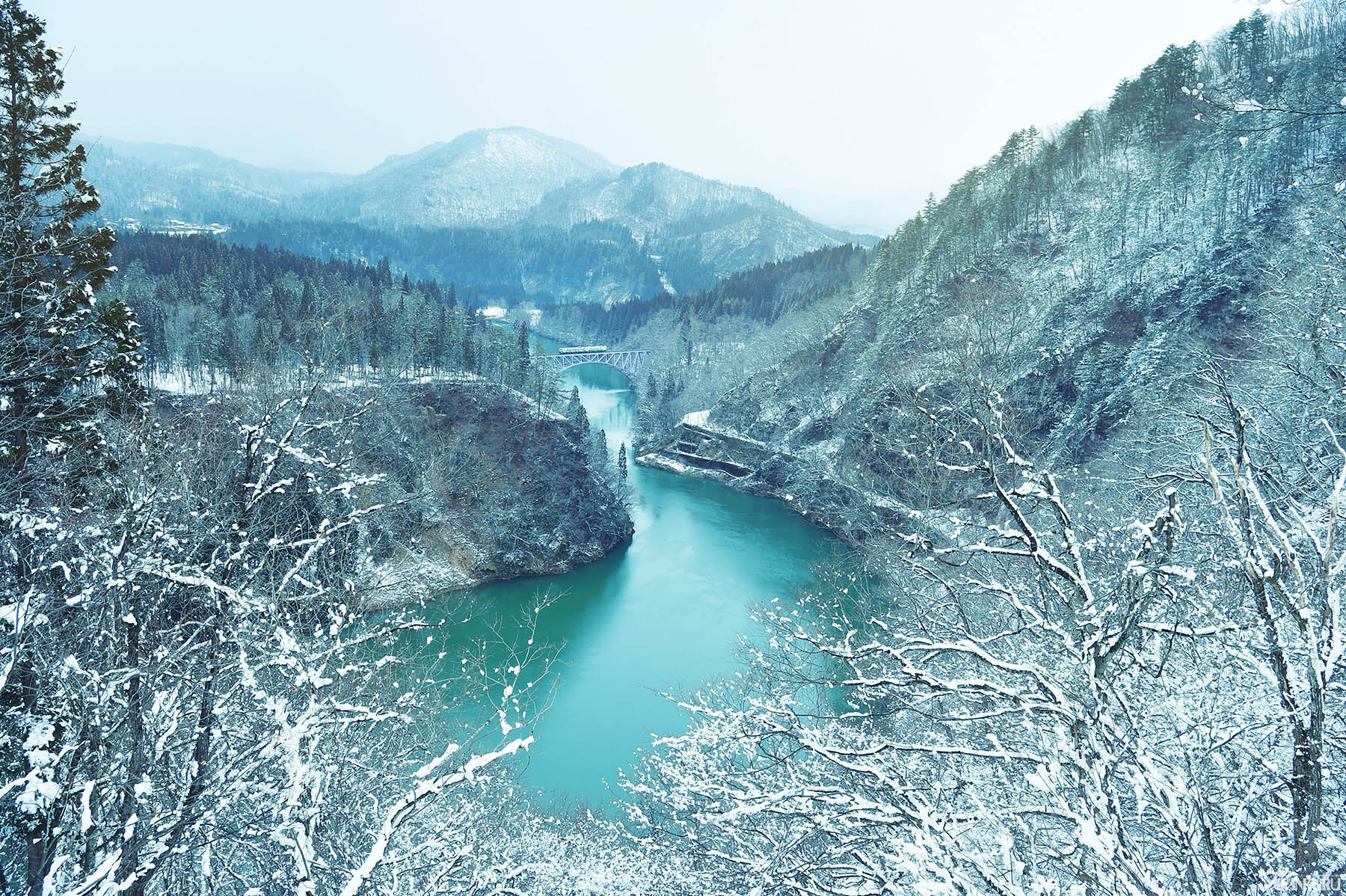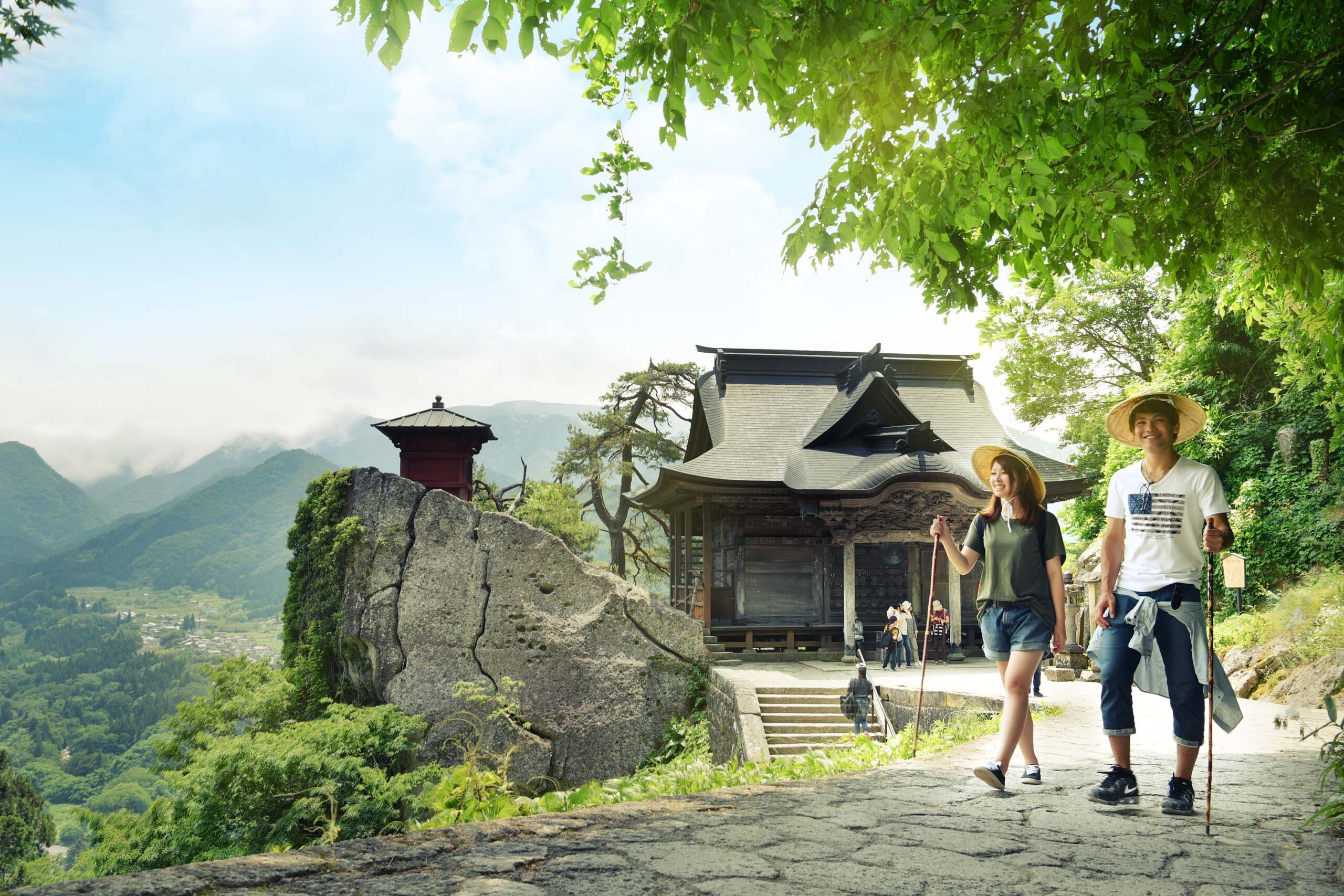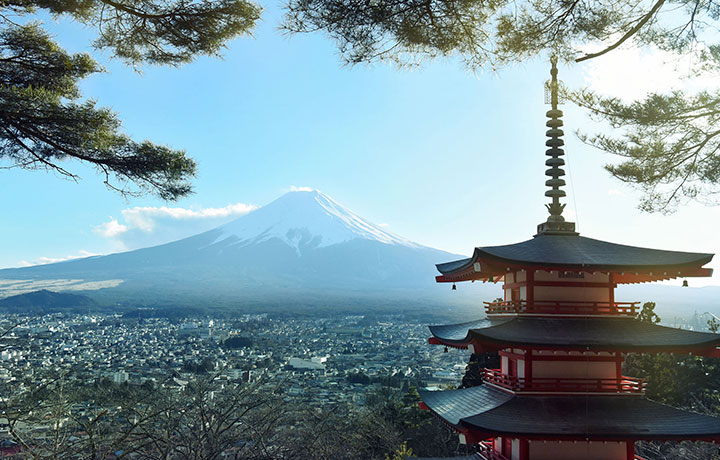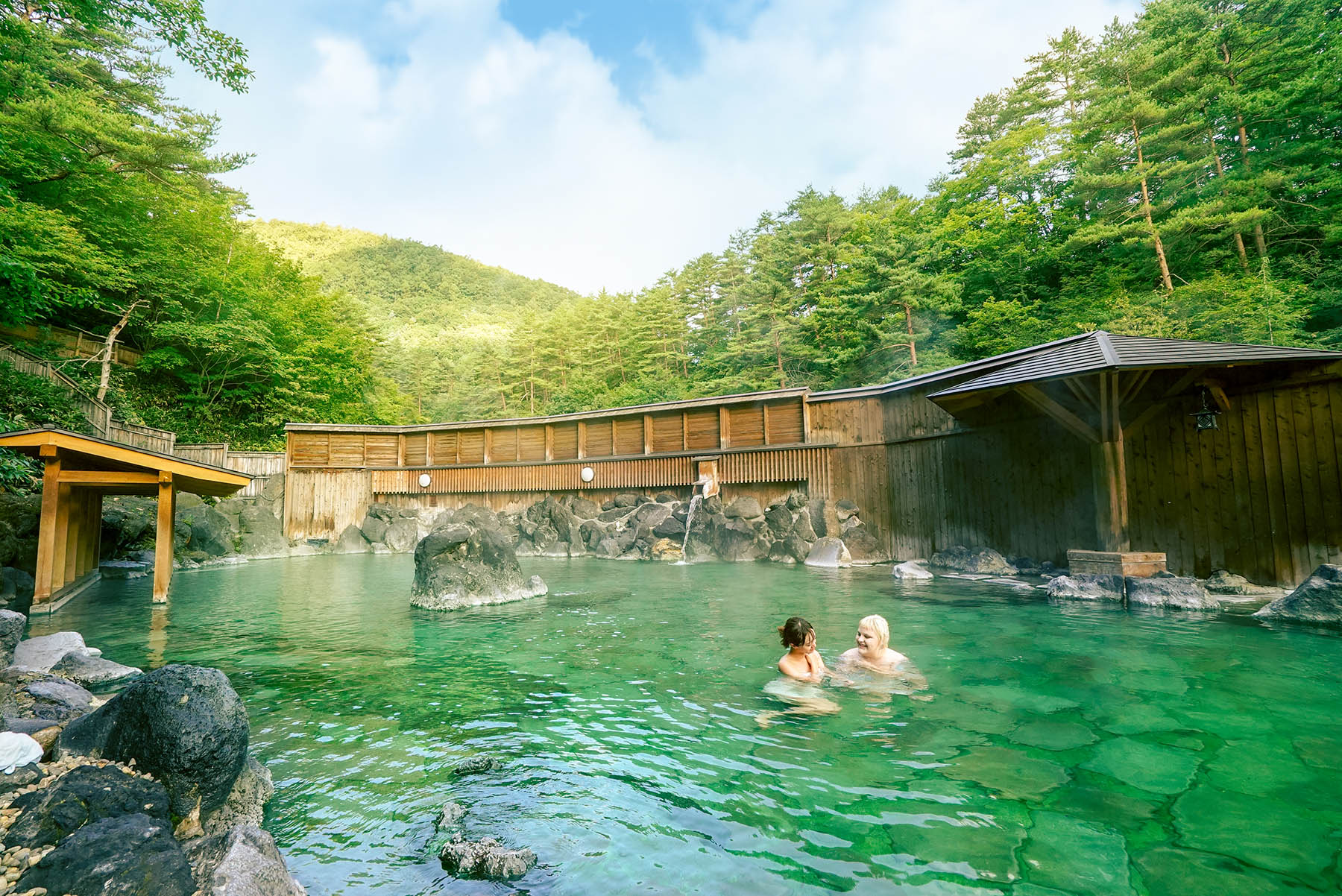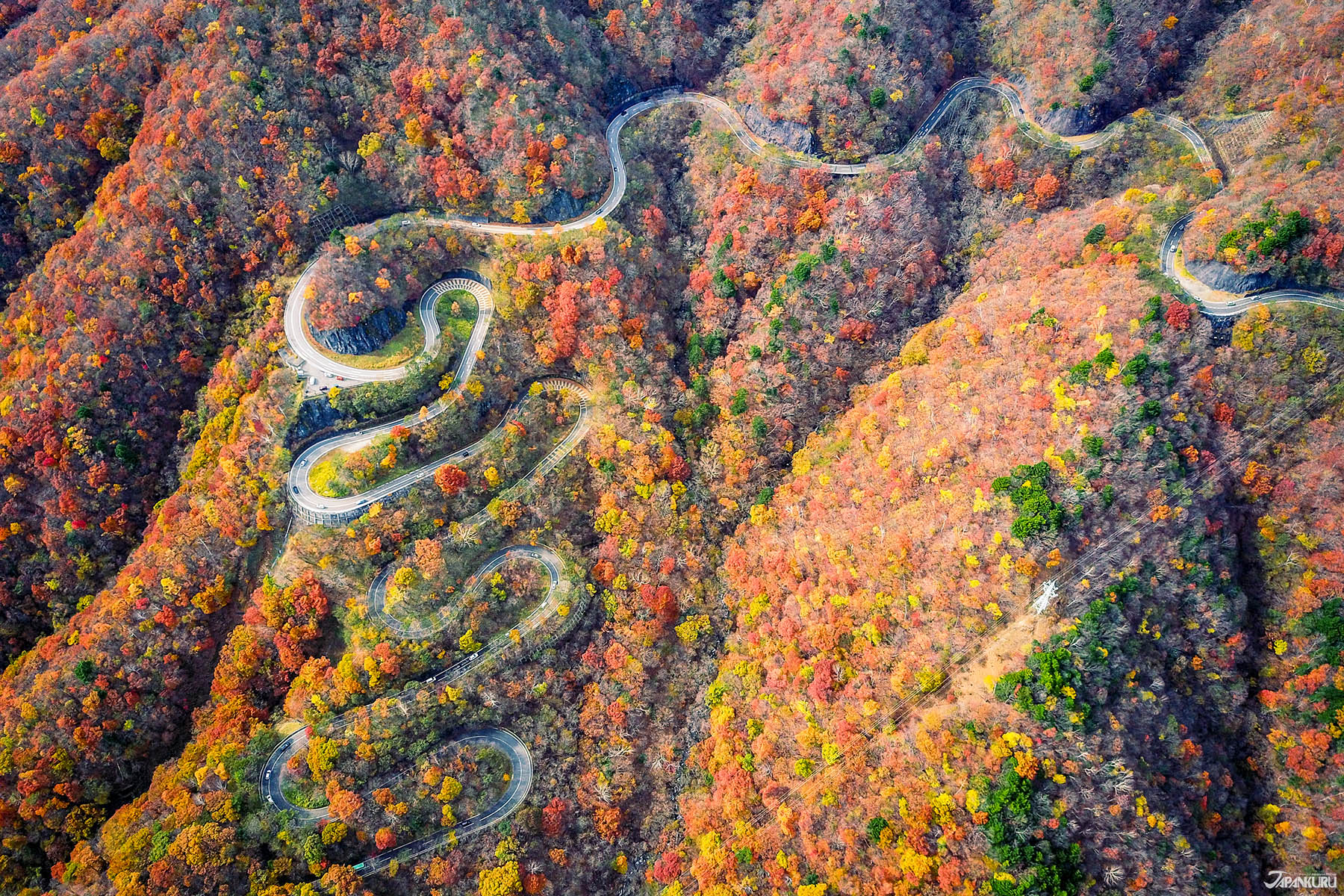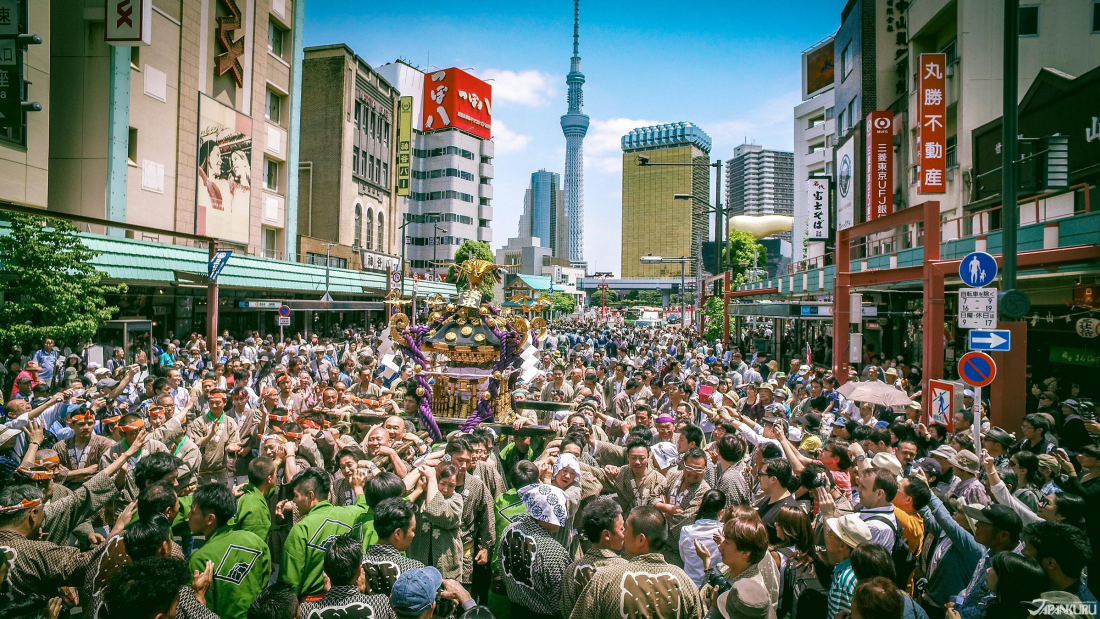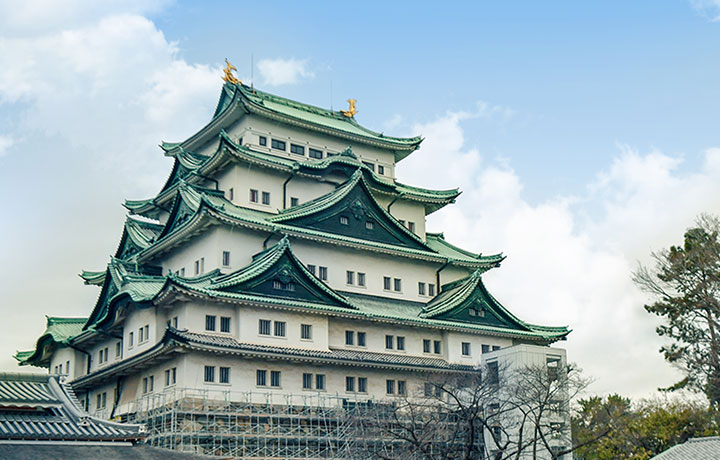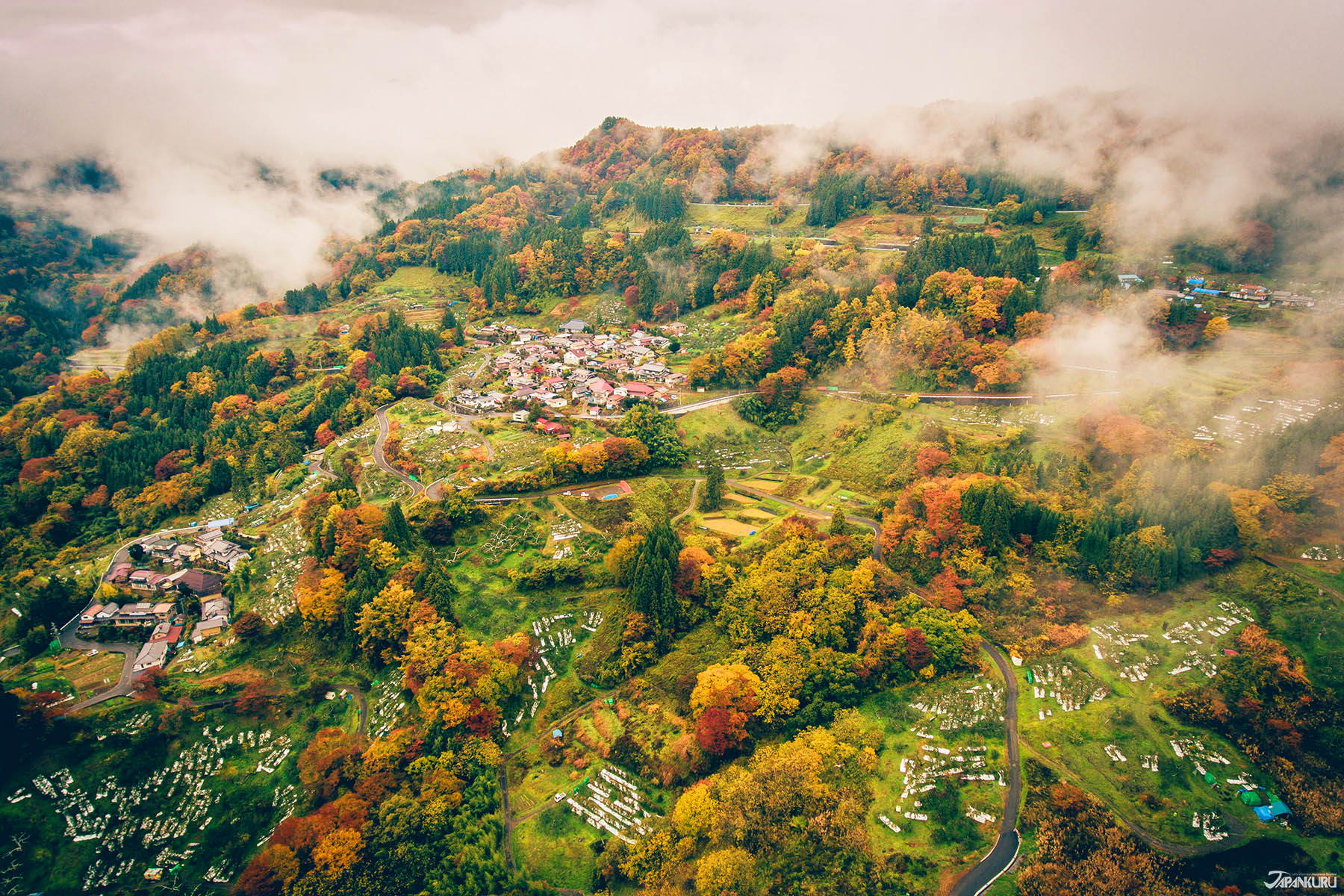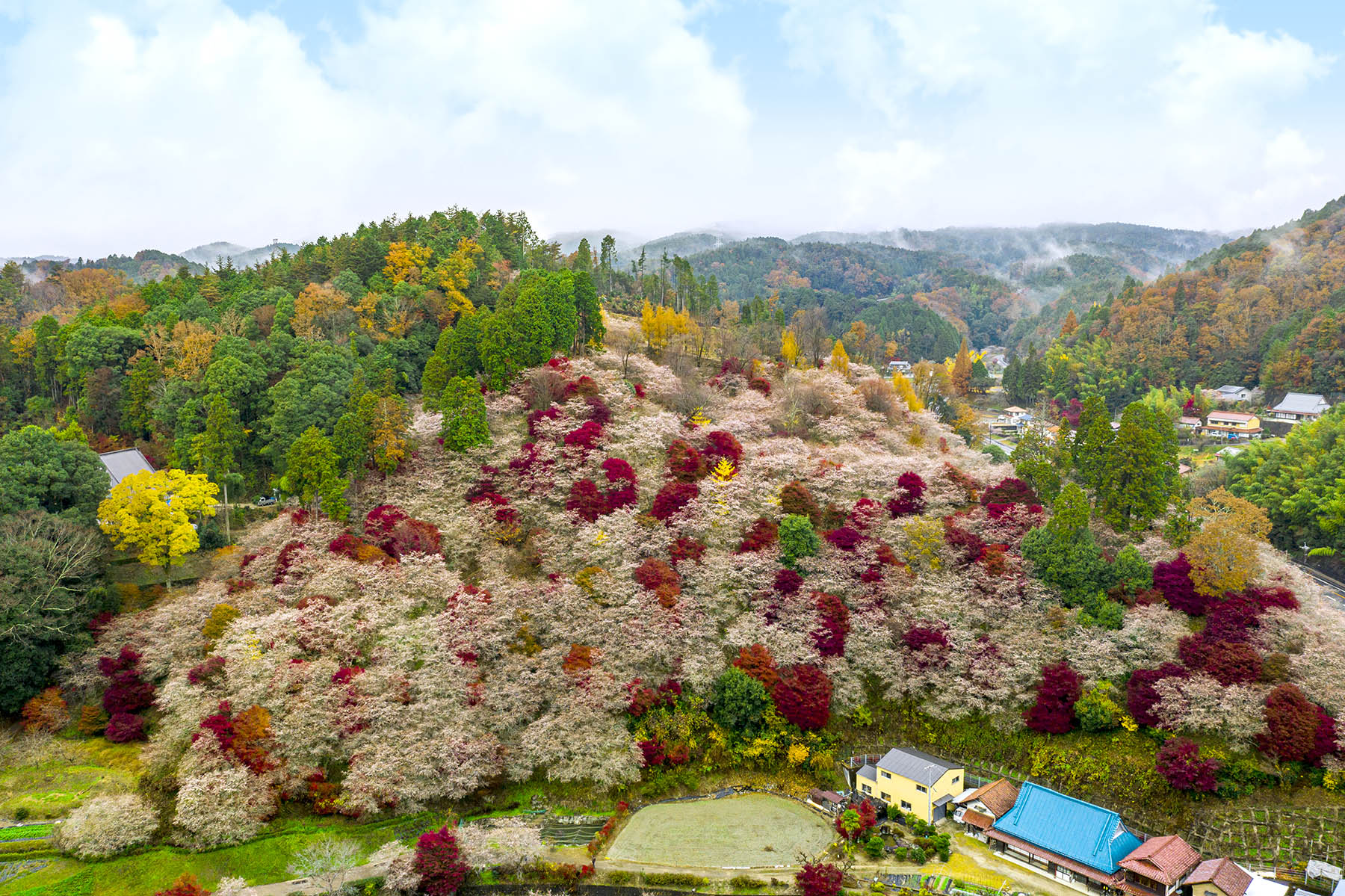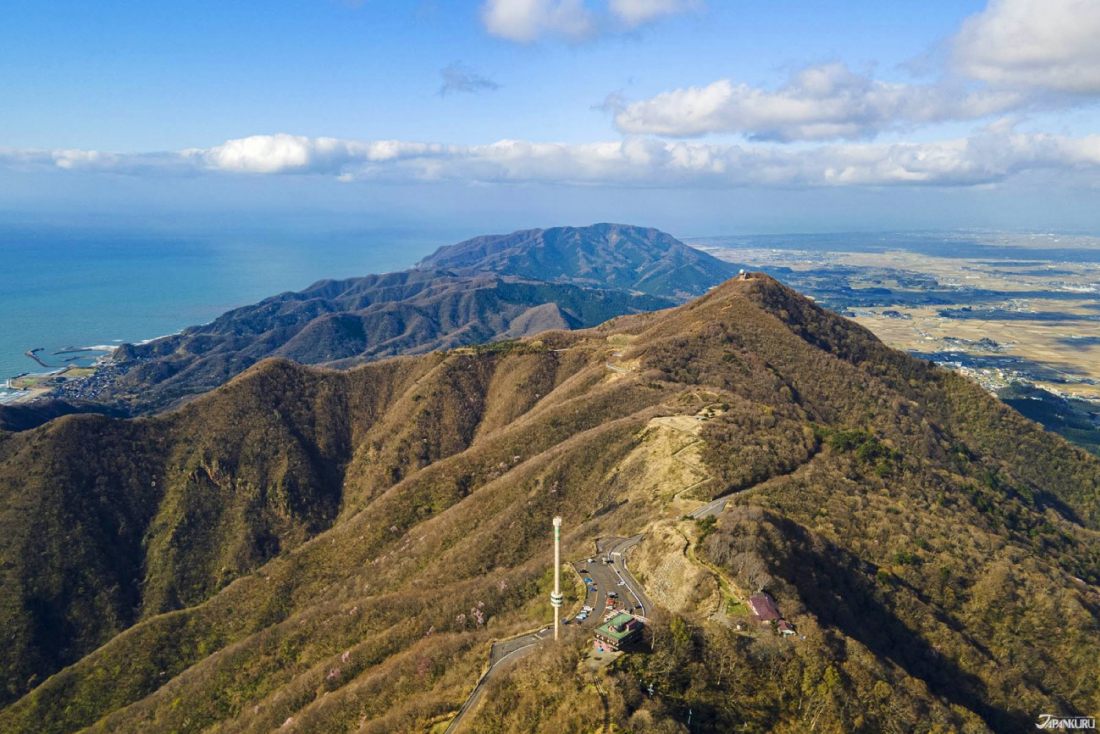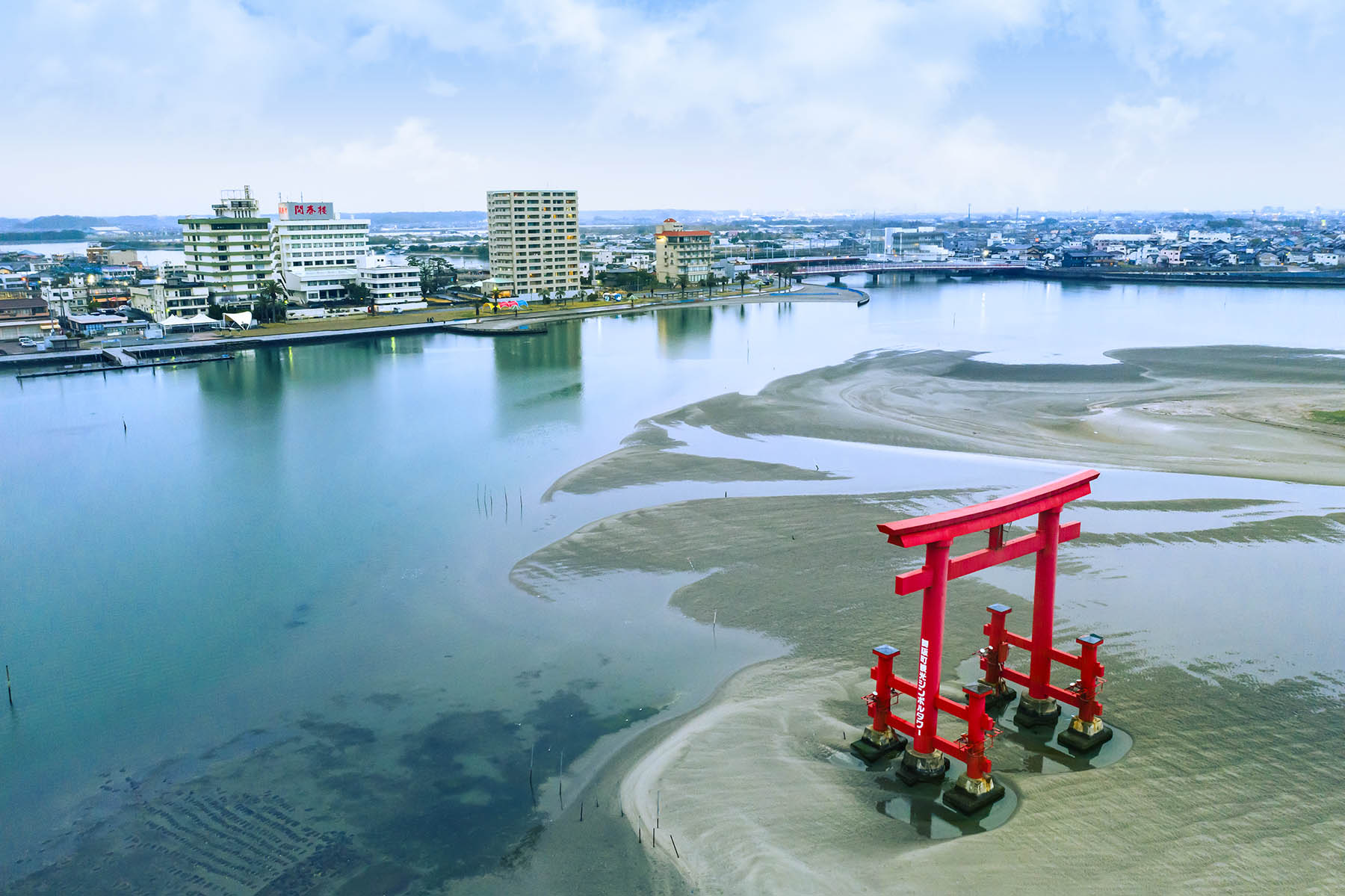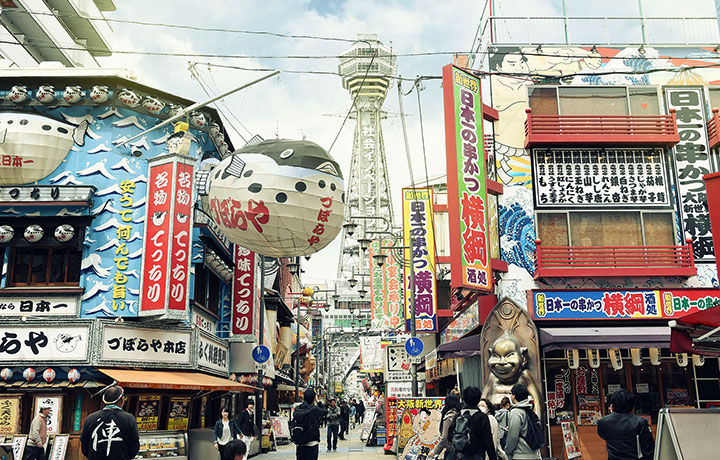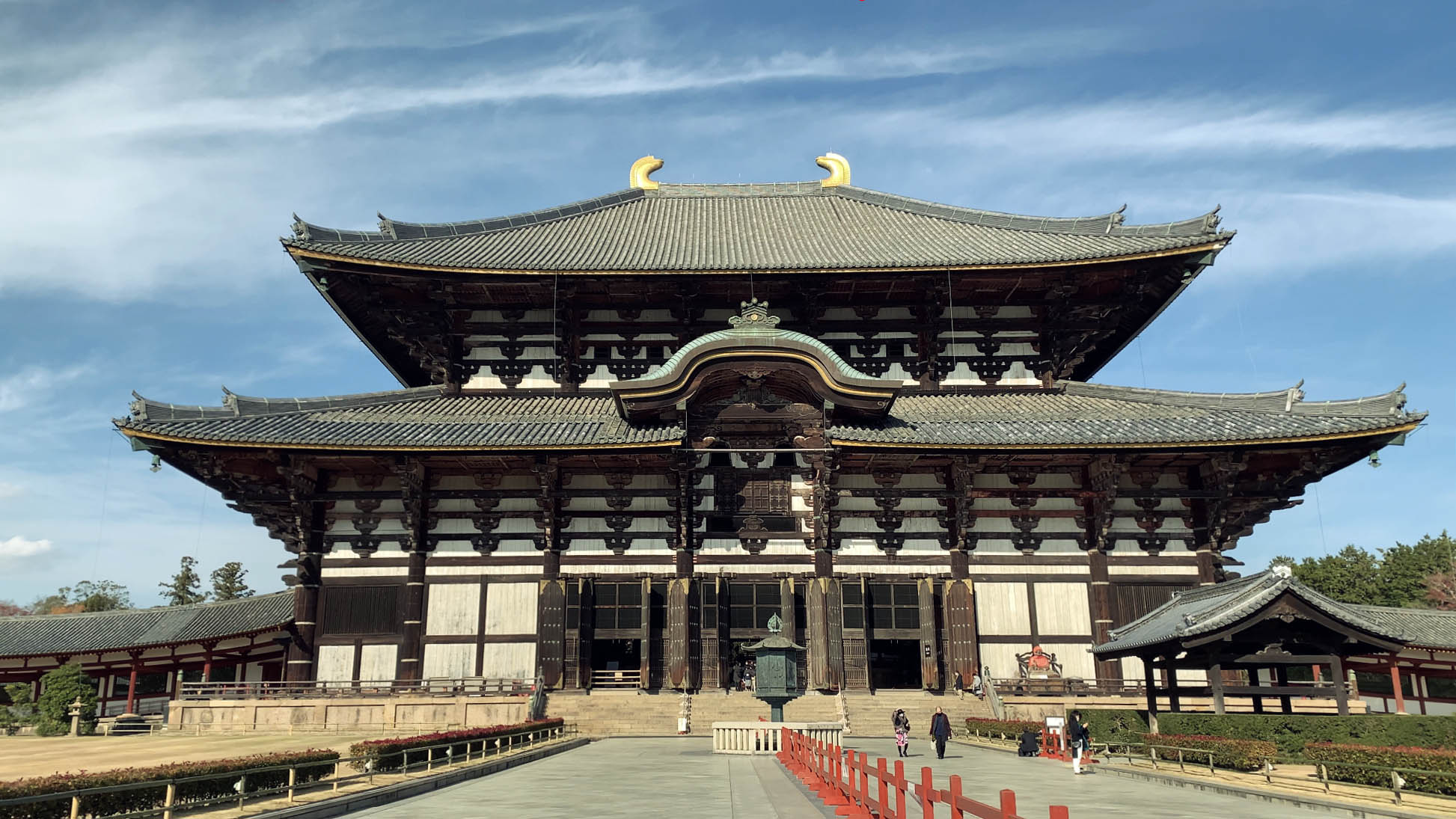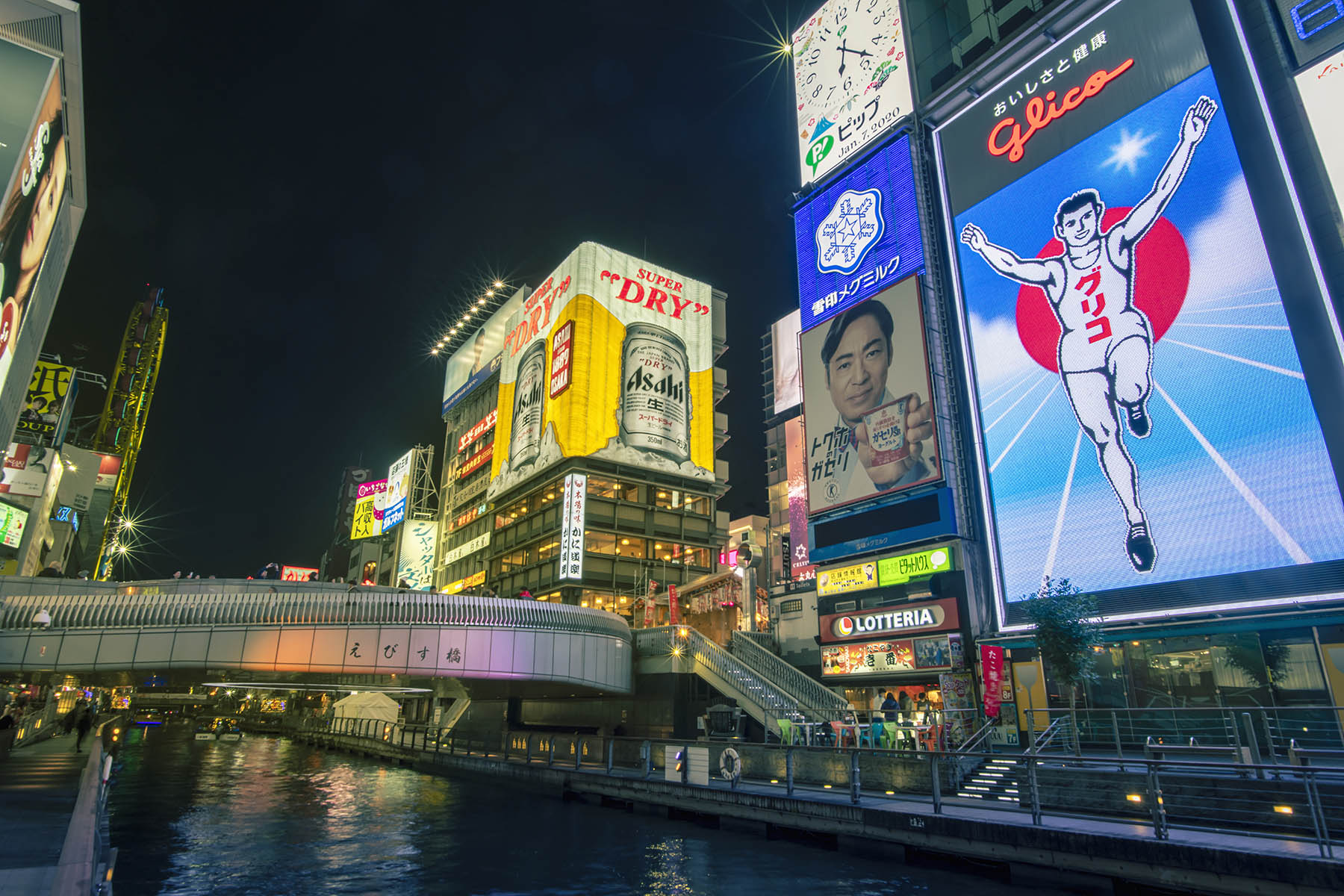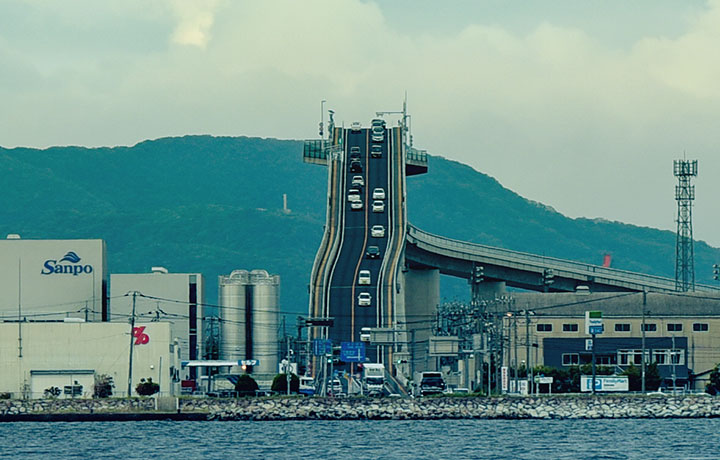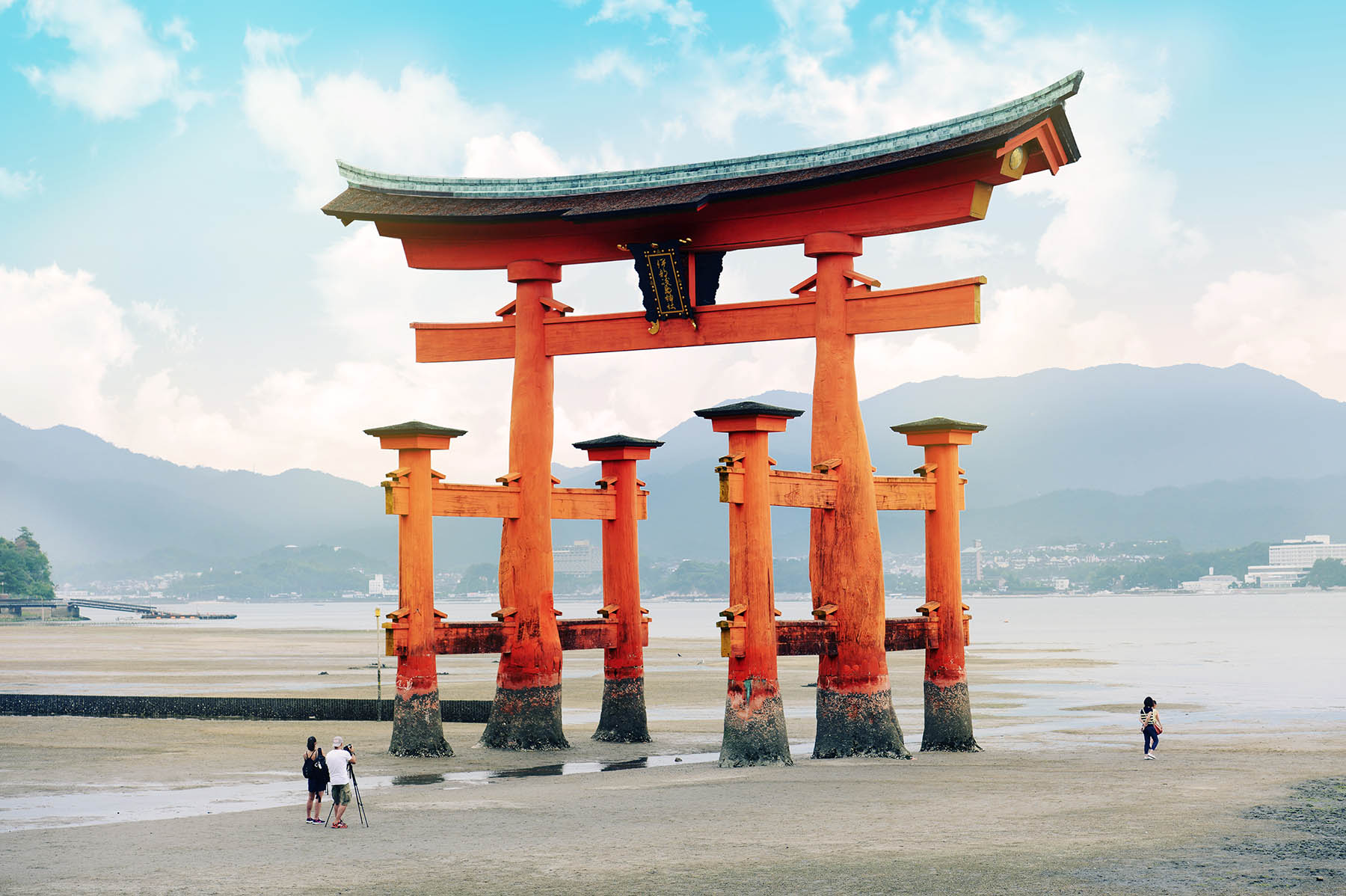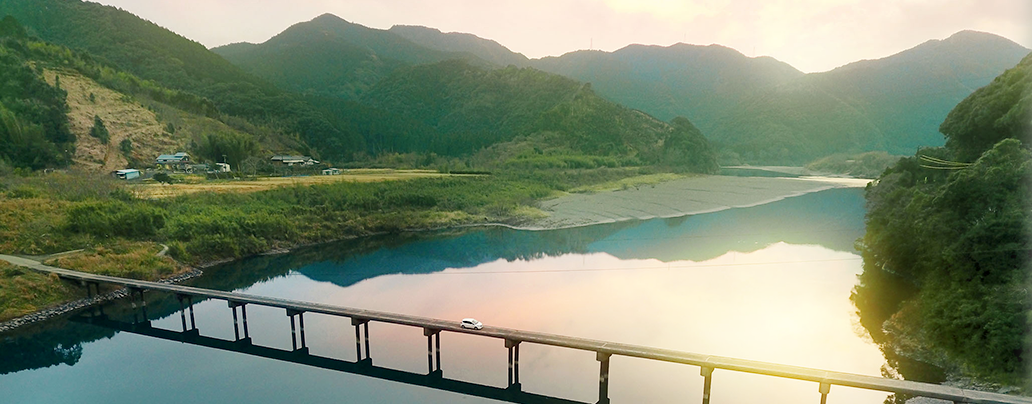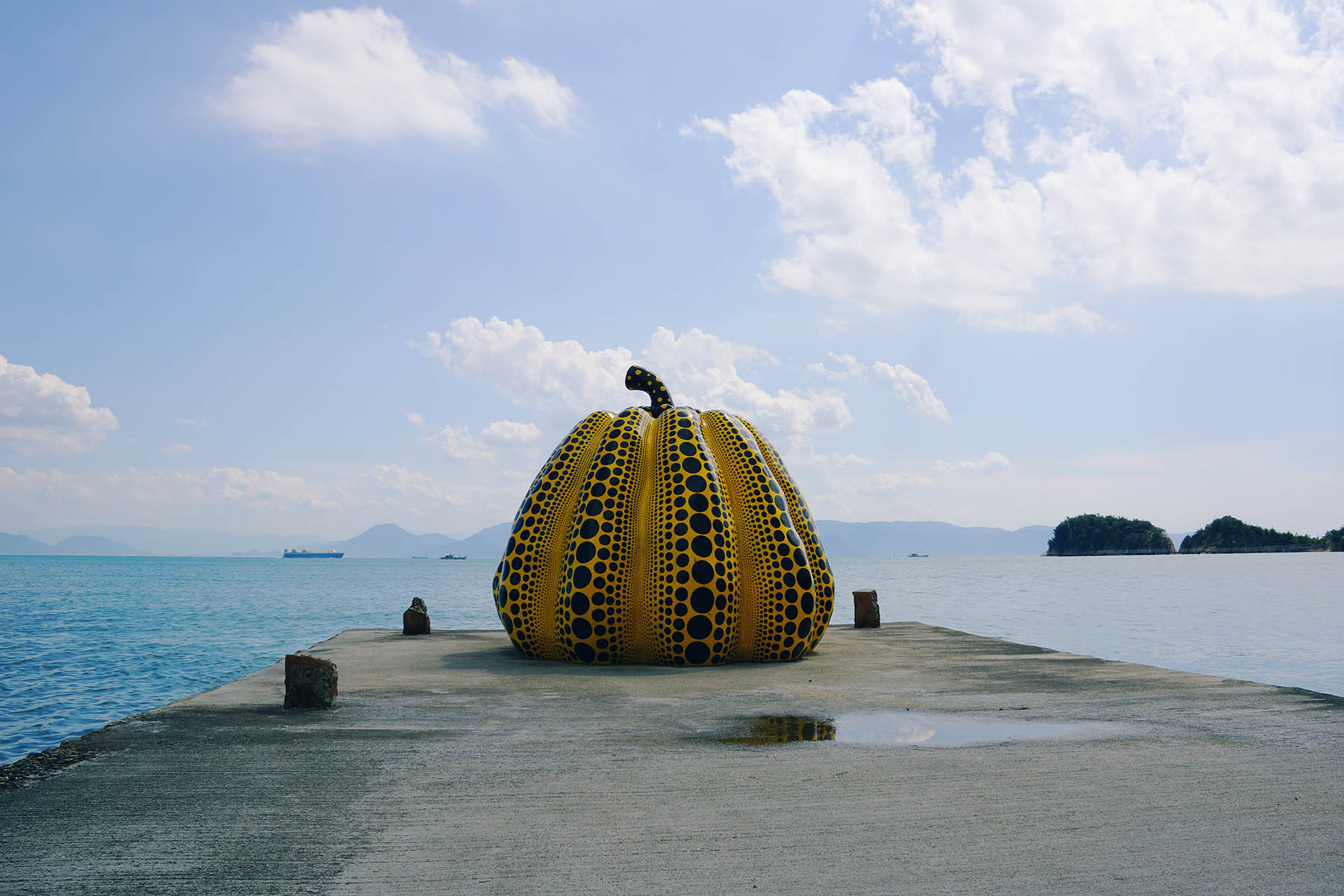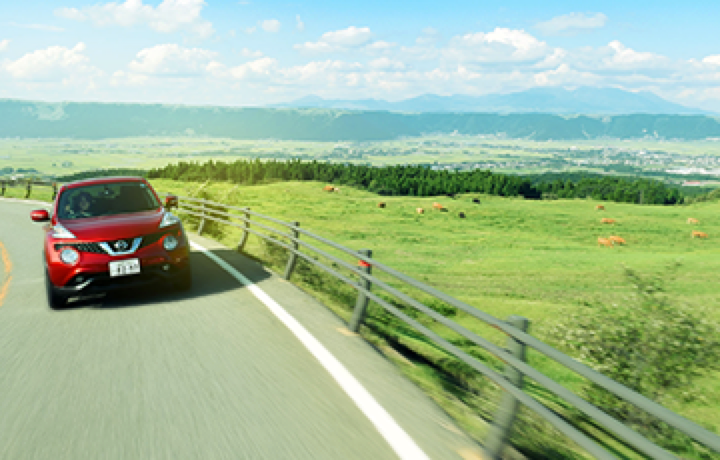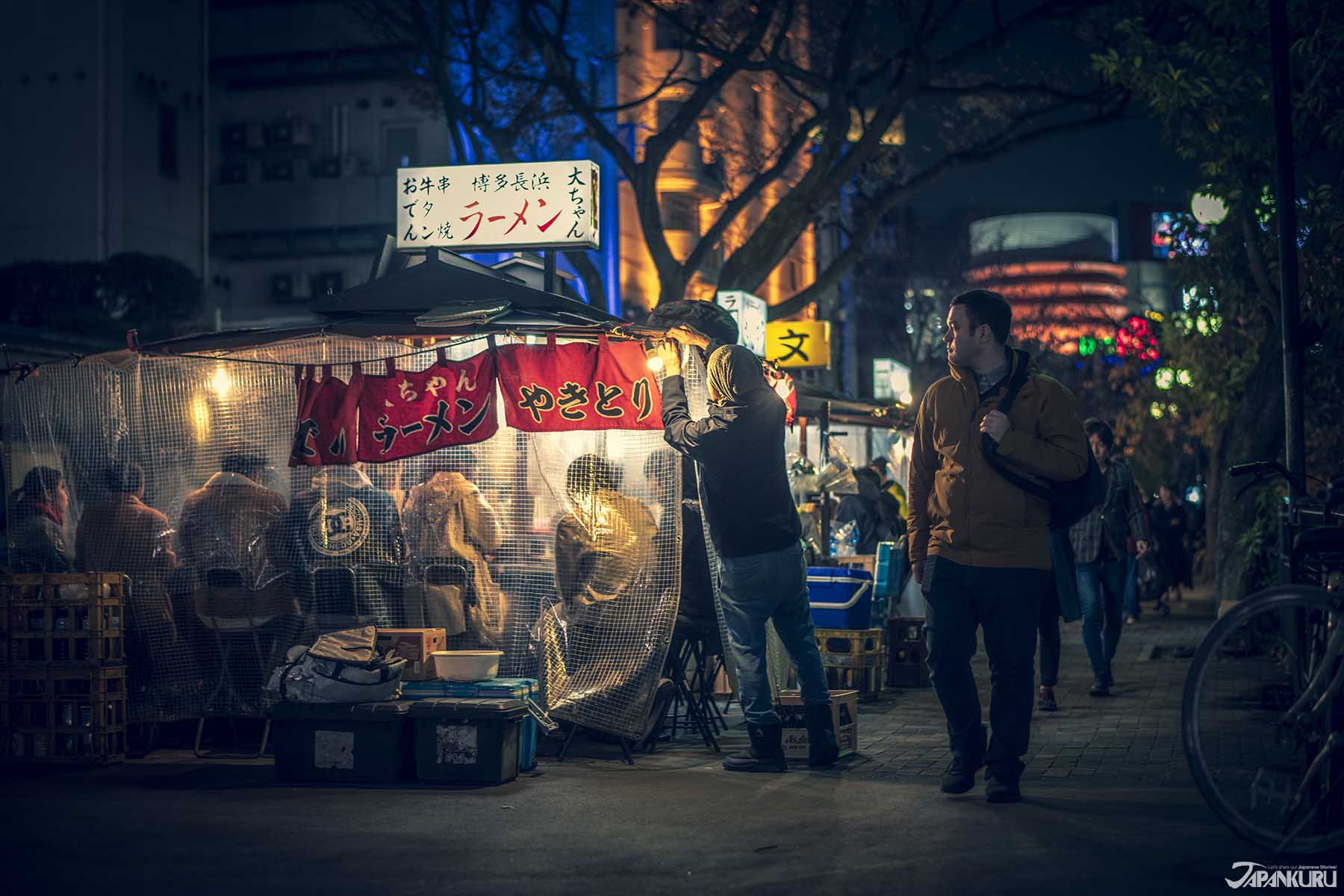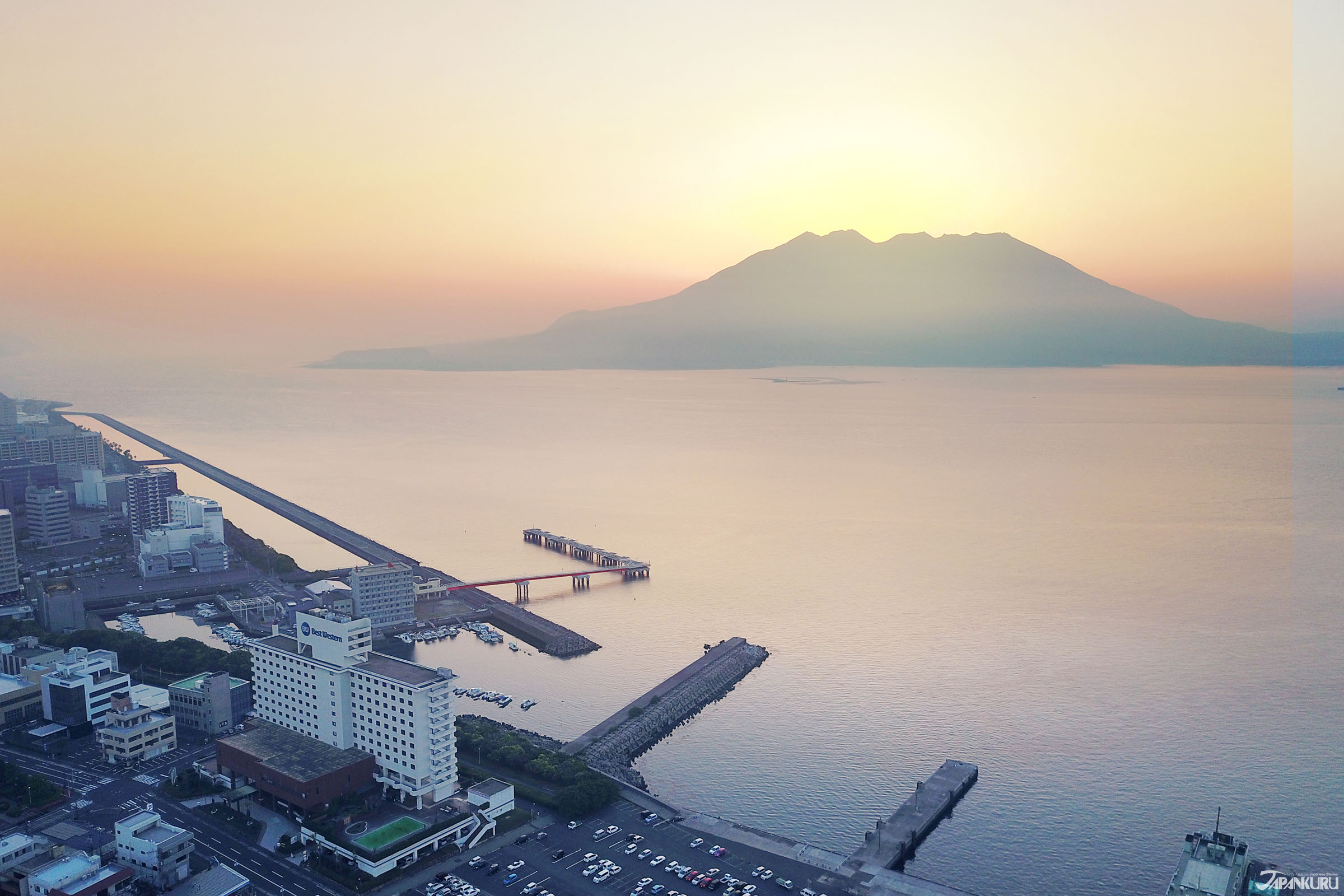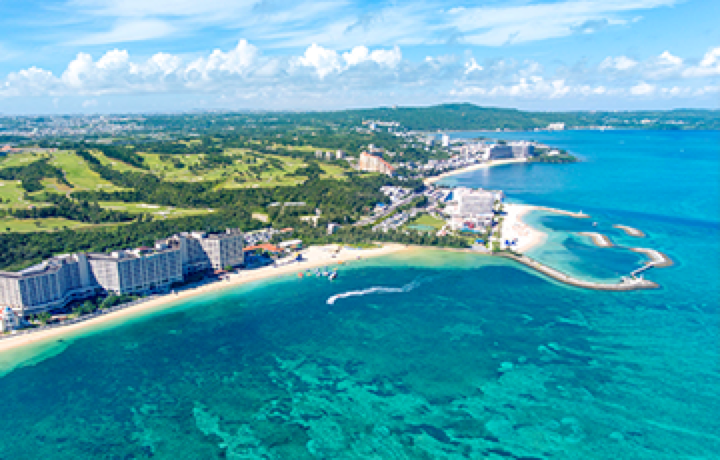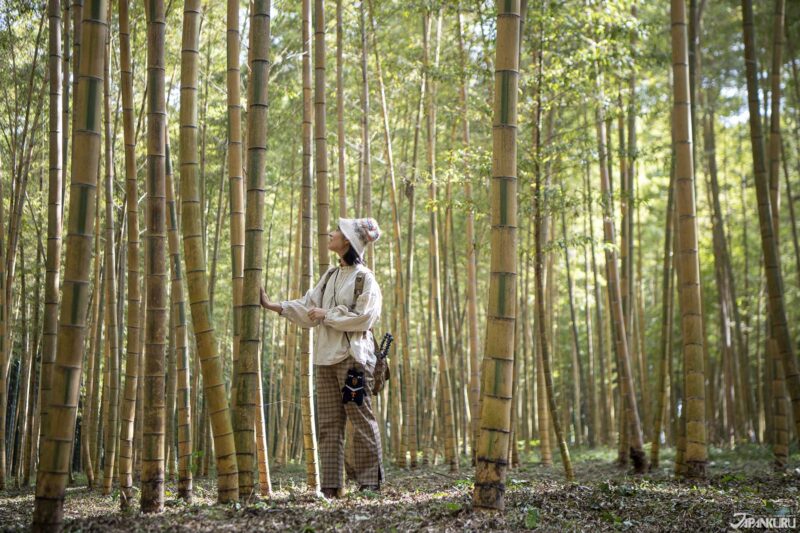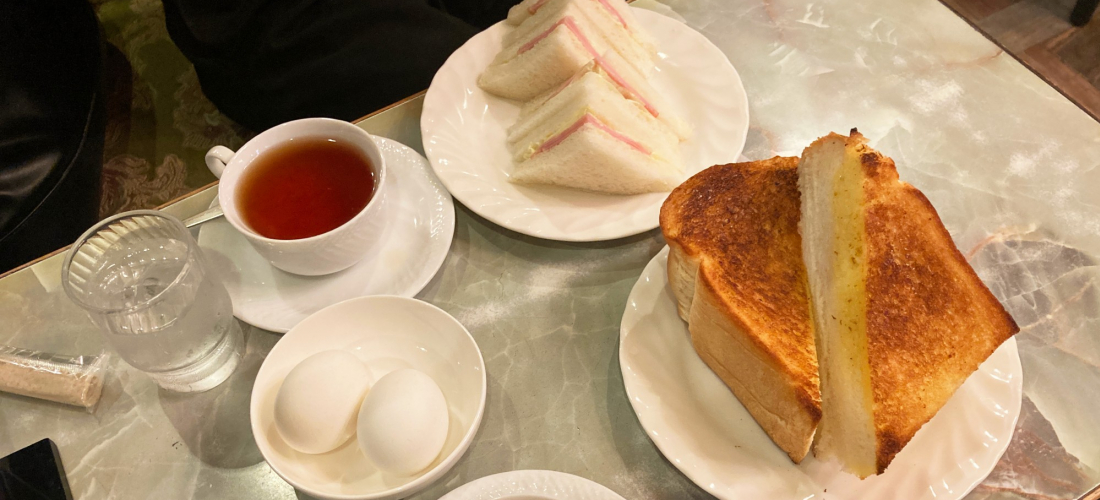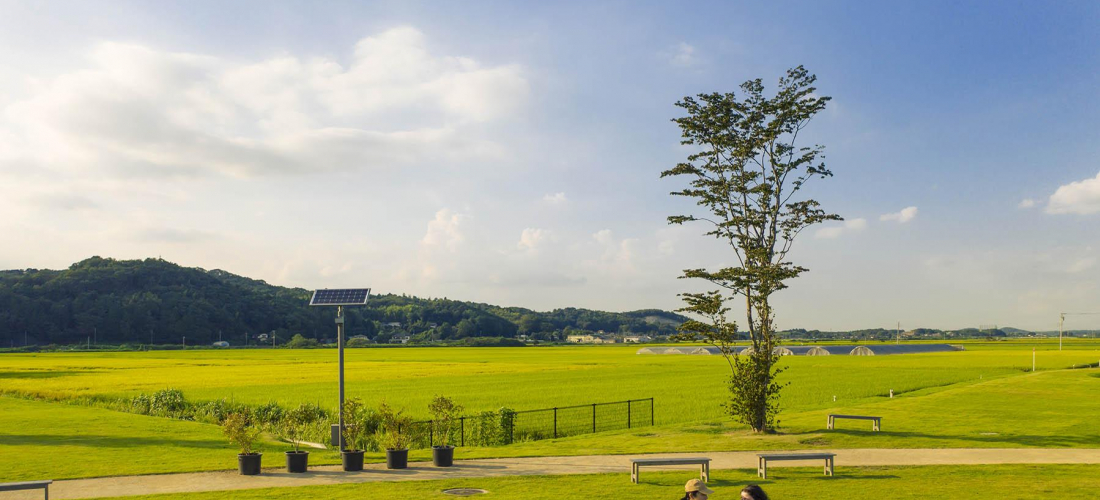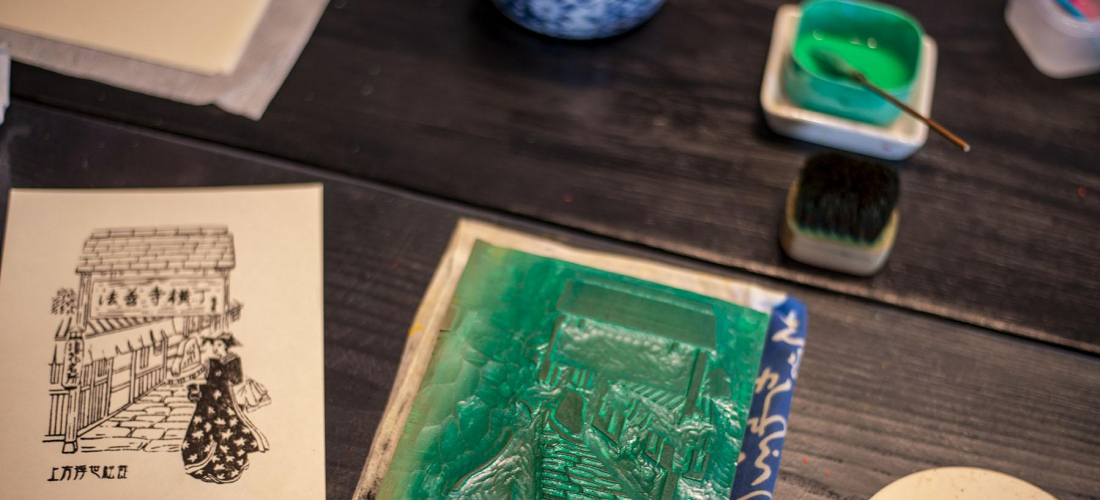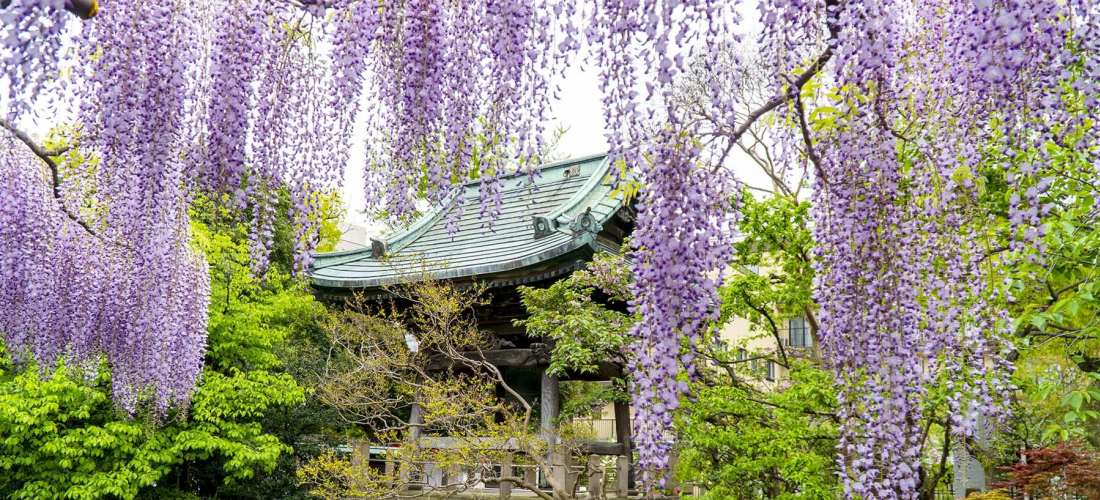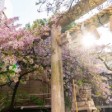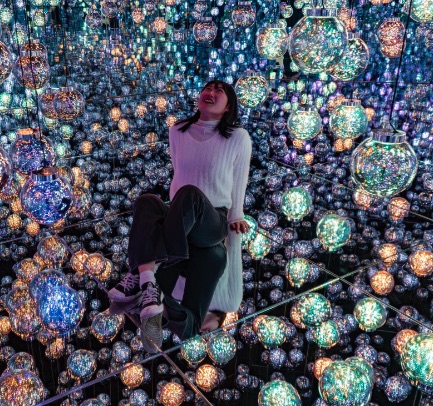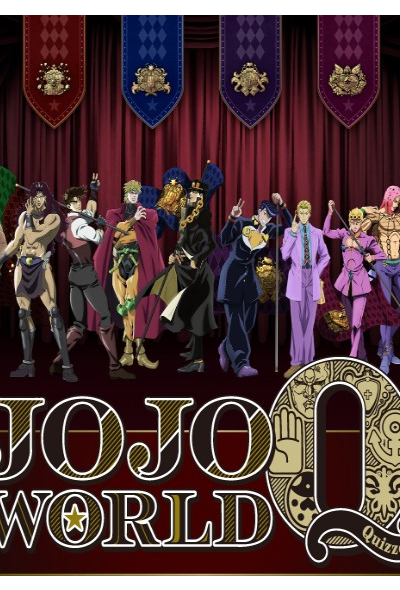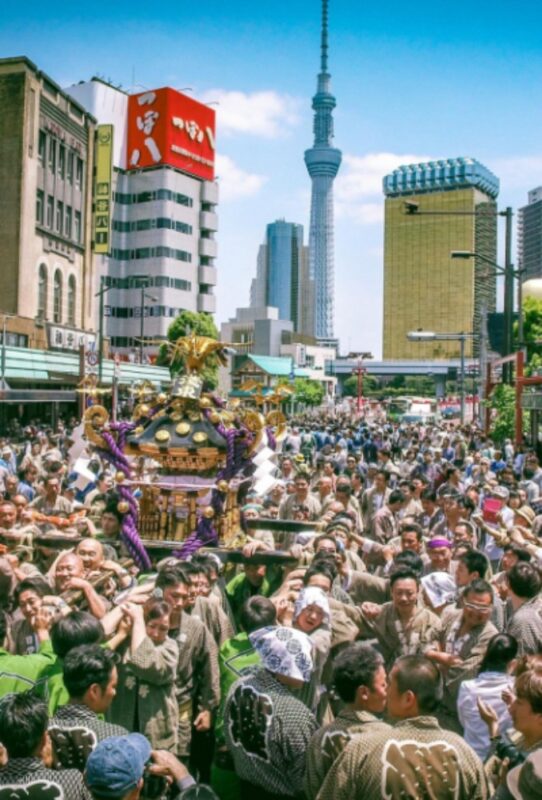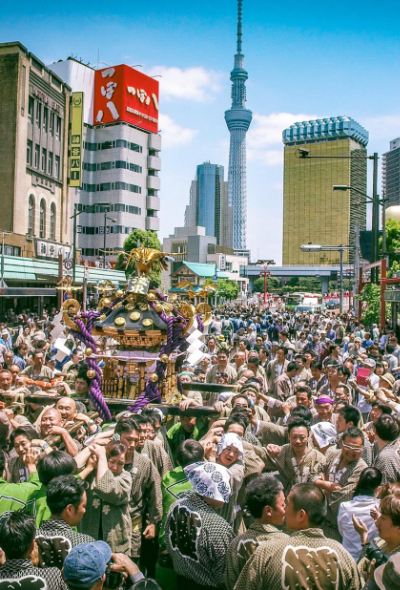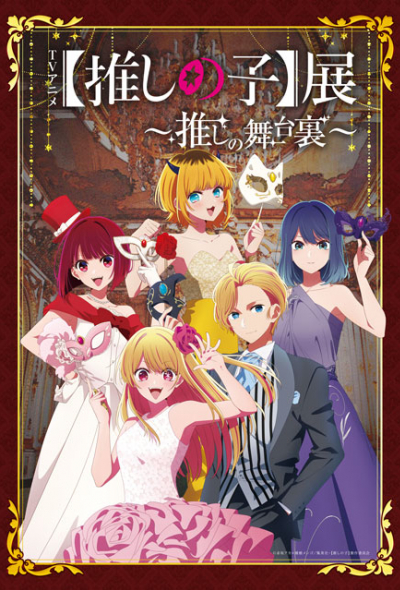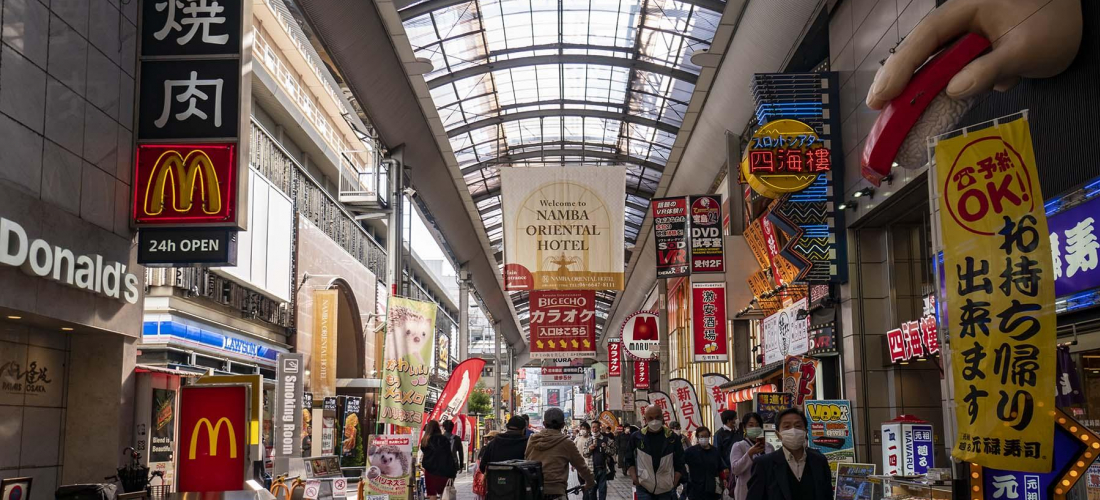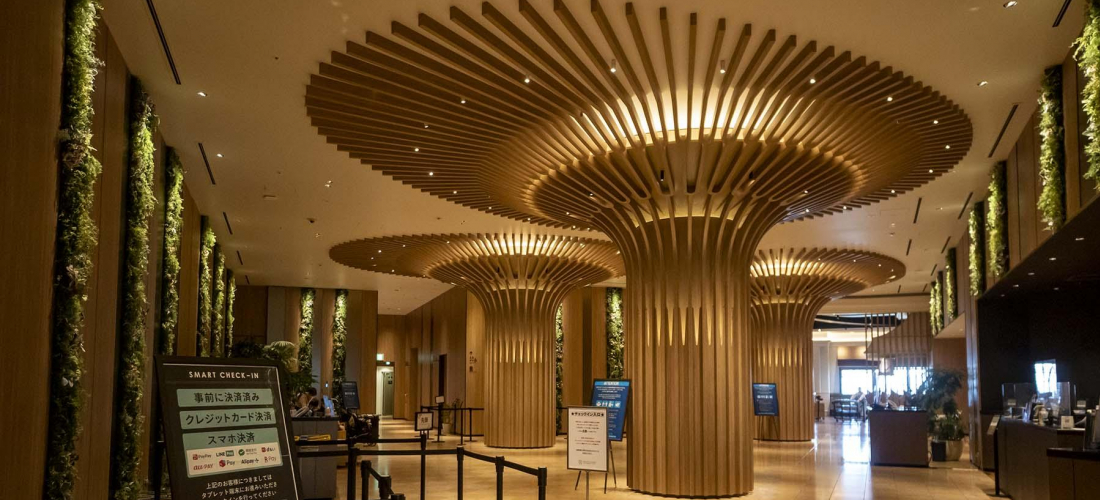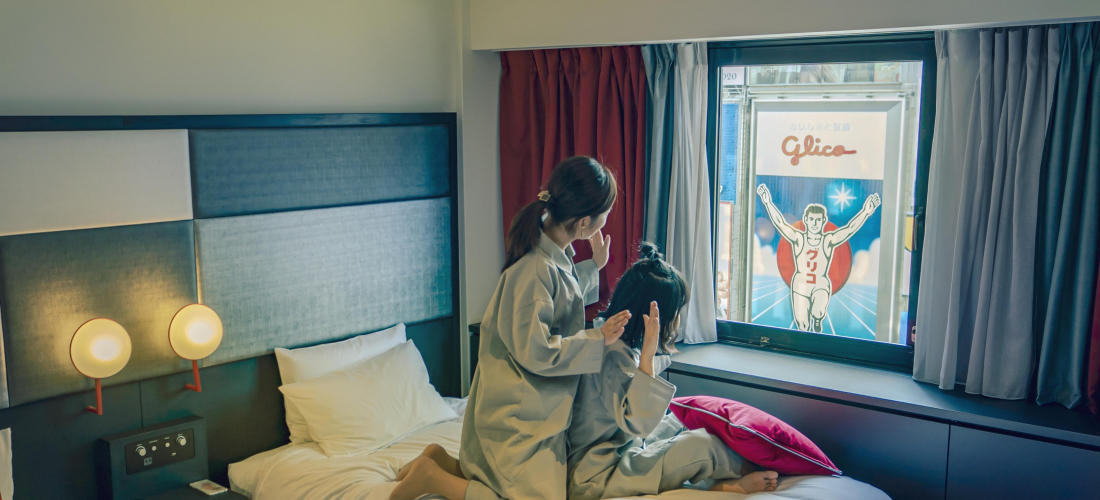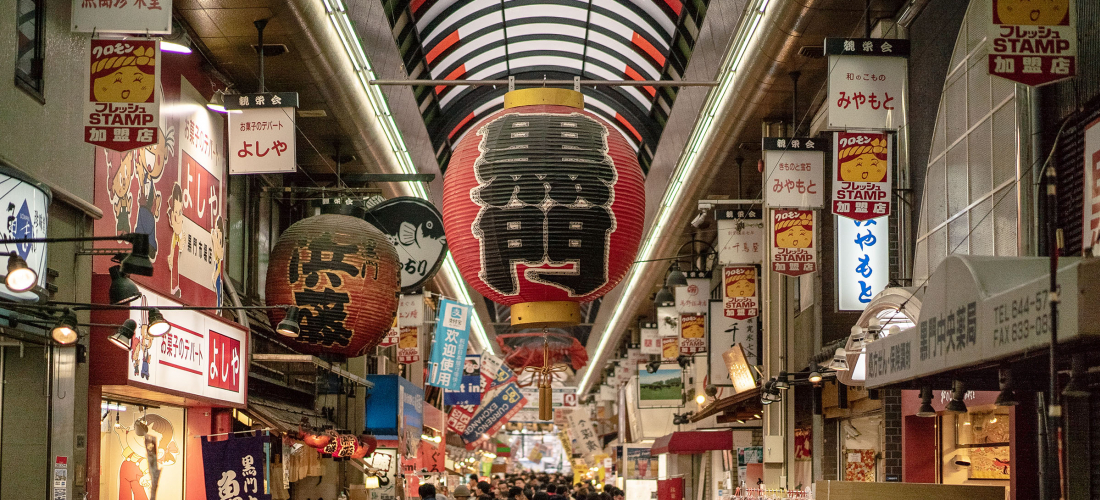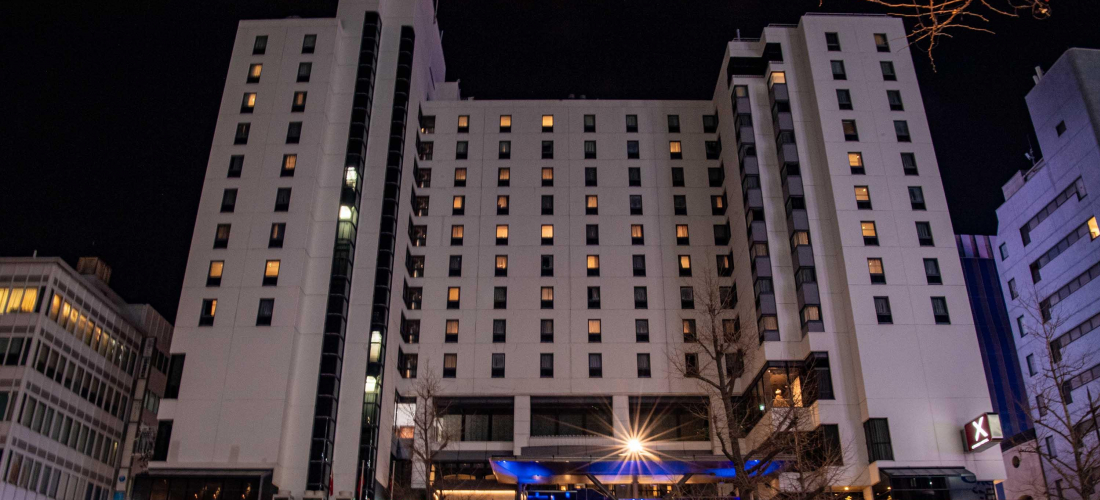
CONTENTS
How do you choose a good hotel in Osaka? In a city full of famous sights, must-eat local specialties, glittering lights, and alluring back alleys, what do you look for? To make the most of your trip, and enjoy the city from morning till night, you’ll want to choose an Osaka hotel within walking distance of major tourist destinations. And Cross Hotel Osaka is in an ideal location.
This article contains sponsored content.
Cross Hotel Osaka: The Ultimate Hotel for Osaka Sightseeing
Osaka is such a popular travel destination that it's part of what is often called Japan's Golden Route (Tokyo – Kyoto – Osaka)! It's a busy modern city with its own castle, a massively popular theme park, iconic city streets, and a reputation as "the kitchen of Japan" thanks to the wealth of famously delicious local food. It's the kind of sightseeing destination that often earns repeat visits, with travelers returning time and time again to sample the gourmet goodies and soak up the atmosphere.
In a big city with lots to see, where should you stay? Well, if you're looking for a practical Osaka hotel, Cross Hotel Osaka is conveniently located in the Namba/Shinsaibashi area, a 3-minute walk from Namba Station, basically a part of the Shinsaibashi-suji Shopping Street, and overlooking the famous sights of Dotonbori. It's even right across the street from the souvenir shopping go-to shop Don Quijote, so it's no exaggeration to say it's an ideal hotel for Osaka sightseeing.
Cross Hotel Osaka
2-5-15 Shinsaibashi-suji, Chuo-ku, Osaka
Check-in/Check-out: 15:00 / 11:00
Access: 3 min from Namba Station, 5 min from Shinsaibashi Station
Official Website (en)
A Hotel in the Osaka City Center
Already positioned in the ultimate location to welcome Osaka sightseers, Cross Hotel Osaka has also recently been working to develop its offerings and improve the guest experience, shifting from a "city hotel" to a more comfortable "lifestyle hotel." Even the hotel color scheme is changing, utilizing a forest green color to symbolize their commitment to the world, from eco-friendly efforts to LGBTQ-friendly facilities.
Guest Rooms
Imagine seeing the Glico Man from your hotel window! Cross Hotel Osaka's most exciting guest rooms are the Dotonbori View Rooms, which look right out over Dotonbori and the famous Glico sign. There are Dotonbori View Rooms from the 6th to 13th floors, but the lower floors (6~7) actually offer the most impressive view, with the Glico Man right outside your window. These rooms also come equipped with a Dyson hair dryer and a hair straightener, so even if you're in Osaka on a mission to take amazing selfies, you can travel lightly. Of course, Cross Hotel Osaka also offers a variety of other guest rooms to suit the needs of different travelers, including double, twin, king, triple, and suite options.
▶︎ Cross Hotel Osaka Guest Room Details
Hotel Ammenities and Services
One of the newest conveniences at Cross Hotel Osaka is their self-service luggage storage area in the lobby: a series of luggage racks equipped with cords and small padlocks, which guests are free to use before check-in or after check-out. Since you can access the luggage yourself throughout the day, you don't need to worry about waiting in line to retrieve it during the busier times of the day. Nearby, guests can collect the basic amenities they need for their stay from a shelf stocked with toothbrushes, hair brushes, razors, and wash clothes, which are kept in the lobby to cut down on waste from unused items left in the room. The hotel also has its own currency exchange machine available, which is a nice convenience when you realize you don't have quite enough yen ready for a busy day of shopping and sightseeing!
The “meetlounge”
Book a plan with lounge access to enjoy this comfortable space on the third floor! Cross Hotel Osaka's "meetlounge" has a large table with elegant chess and othello boards, along with comfortable seating by the window, perfect for a break from a busy day in Namba. The space also has wi-fi and plenty of power outlets, so you can use it to plan the day's itinerary, or even get some work done.
The lounge is well-stocked with snacks and hors d'oeuvres made with regional ingredients and local recipes, like quiche made with locally caught whitebait and Kansai akashiyaki (a version of takoyaki served in broth). To wash it all down, they also have ample drink options, including wine, beer, Japanese sake, and soft drinks. We recommend trying the Mikkuchu Juchu, a version of the local Kansai specialty "mix juice" made with a selection of different fruit juices! If you're interested in trying the sake, they have a few local brews, and sparkling sake with a fun little bit of fizz!
"meetlounge"
Hours: 15:00 – 22:00 (entry until 21:30)
Location: 3rd Floor
Breakfast
Cross Hotel Osaka also has a popular breakfast buffet, with breakfast basics and even a few local Osaka specialties. Starting with the salad bar, toppings include a hearty selection of proteins including beef, chicken, and salmon, to start the day feeling satisfied. Warm options, on the other hand, include a rotating selection of Osaka's famous griddle dishes, like ikayaki (a squid dish similar to okonomiyaki) and tonpeiyaki (made with pork belly and egg), so guests can enjoy something new every day. As one of their eco-friendly efforts, Cross Hotel Osaka exclusively uses ASC/MSC-approved sustainable seafood in their restaurant!
Over at the drink counter, the buffet includes a selection of fresh juices including the local specialty of "mix juice," and even a selection of desserts. (They also offer afternoon tea later in the day!)
Terrace & Dining Zero Breakfast
Hours: 7:00 – 10:30 (entry until 10:00)
Location: 3rd Floor
Reservation Page
At Cross Hotel, Osaka Is on Your Doorstep – Explore It on Foot!
Cross Hotel Osaka's location is unbeatable thanks to the easy access to so many tourist attractions and popular areas, largely within walking distance. If you're ready to set off from the hotel and see Osaka on foot, we've got a few recommendations for where to start (especially if it's your first time in Osaka), from sightseeing essentials to hot shopping spots, off-the-beaten-path local treasures, and the famous restaurants you won't want to miss.
First Time in Osaka? This Is the Place to Visit
Osaka's Minami area (a southern chunk of the city) is known for its sightseeing areas, and at the heart of it all is Dotonbori. This busy street is famously lined with huge colorful signs constructed to resemble huge octopuses or human-sized gyoza, and down below the shops sell souvenirs and tons of mouth-watering street food, including Osaka's beloved takoyaki (octopus balls). Where Dotonbori Street crosses with the Shinsaibashi-suji shopping street that runs through Shinsaibashi, you'll also find the iconic Glico Man sign, where generations of sightseers have come to copy the man's winning pose. At night, the area becomes even more lively and brightly-lit, as a center of Osaka nightlife. And best of all, it's all less than a five-minute walk from Cross Hotel Osaka!
Some Tips for Shoppers in Osaka
While the nearby Shinsaibashi-suji shopping street is worth strolling along, when it's time to get down to serious souvenir shopping, you'll want to visit Don Quijote. This chain of discount shops stocks all the snacks, cosmetics, anime merchandise, and other fun Japanese bits and bobs you could dream of, so it's hard not to fill up a shopping cart (or two) when you visit. Of course, when you end up with so many heavy shopping bags, the distance to your hotel becomes a matter of the utmost importance. Luckily, Cross Hotel is literally across the street from a multi-floored Don Quijote, so you can get all your stuff back to your room no problem.
Don Quijote Dotonbori Midosuji (ドン・キホーテ 道頓堀御堂筋店)
2-5-9 Nishishinsaibashi, Chuo Ward, Osaka
Hours: 10:00 – 4:00 (4 am the next morning)
Official Website (jp)
▶︎ 1 min on foot from Cross Hotel Osaka
For some seriously trendy shopping and cool cafes, look no further than the area west of Cross Hotel Osaka, especially the little areas called Amerika-Mura and Orange Street. These loosely connected neighborhoods are known for their fashion, with a mix of boutiques selling streetwear (Stussy, Supreme, BAPE, Carhartt), and a huge number of different vintage and thrift stores (Second Street, Override, and dozens more) selling used clothing to fit the wide variety of Japanese fashion trends. The overall area is great for vintage clothes shopping, but it's also filled with picturesque little alleys, and plenty of relaxed cafes, so it's a nice place to hang out without any aim in particular. If high fashion brands are more your style, you'll want to walk along Midosuji Road instead. Not only will you find the main entrance to Cross Hotel Osaka, but along the broad avenue you'll also find luxury brands and polished boutiques.
Amerika-Mura (アメリカ村)
2 Nishishinsaibashi, Chuo Ward, Osaka
▶︎ 6 min on foot from Cross Hotel Osaka
Orange Street (オレンジストリート 立花通り)
Minamihorie, Nishi Ward, Osaka
▶︎ 7 min on foot from Cross Hotel Osaka
Tucked away just a few steps from the wild noise and bright lights of Dotonbori, the peace and quiet of Hozenji Temple is a shock to the senses. This little oasis feels far from the crowds, and the temple courtyard is famous for its unique statue of Fudo Myoo (a Buddhist deity sometimes called Acala in English) covered fully in thick moss. Visitors line up to pray and make their wishes to this verdant deity, sloshing generous ladle-fulls of water as they go and keeping him well hydrated.
Next to this courtyard area, the alleys around Hozenji aren't nearly as busy as nearby Dotonbori, but they're actually home to quite a few small traditional restaurants and izakayas. If you want a slightly more traditional eating experience while exploring downtown Osaka, this might be a good area to look around.
Hozenji Temple (天龍山 法善寺)
1-2-16 Namba, Chuo Ward, Osaka
Hozenji Yokocho Alley (法善寺横丁)
1-1-6 Namba, Chuo Ward, Osaka
▶︎ 5 min on foot from Cross Hotel Osaka
Osaka for Foodies: Beyond the Basics
Osaka is a city famous for food, and most sightseers gravitate towards the city's most famous exports: okomiyaki and takoyaki. We get it, okonomiyaki and takoyaki are unbelievably delicious – but they're not the only great food options Osaka has to offer! One fun Osaka spot to check out is Jiyuken, a restaurant that specializes in "yoshoku" (洋食), which is Japan's very unique take on Western dishes. Jiyuken has been in operation since 1910, under four generations of owners, and over the years they've developed their own take on Japanese curry. Jiyuken's curry rice comes served with a raw egg in the middle, which you mix in to achieve a unique rich texture. Walking into the shop, it feels a little like you've been transported back 30 or 40 years, so it's a great place to experience a taste of classic Osaka.
Jiyuken Namba (自由軒 難波本店)
3-1-34 Namba, Chuo Ward, Osaka
▶︎ 8 min on foot from Cross Hotel Osaka
Kushikatsu might not be the most famous dish to come out of Osaka, but that doesn't make it any less of a local specialty! The dish is a simple one, with various meats and vegetables deep-fried on skewers and subsequently dipped in sauce (no double dipping), and in Osaka it can be found at cheap street food spots and fancy restaurants alike. But if you want to try the best of the best when it comes to kushikatsu, you can't go wrong with Kushinobo. Their omakase kushikatsu comes with somewhere around 12 hot, crispy skewers, which arrive on the table one at a time, accompanied by a selection of five different sauces. Simple, but oh so delicious! We also wholeheartedly recommend the vegetables served with homemade miso, which make a truly mouth-watering combo. Kushikatsu might not be the first thing you think of when you imagine high-end Japanese cuisine, but this is one Osaka meal worth trying.
Kushinobo Osaka Hozenji (串の坊 大阪法善寺本店)
1-5-6 Namba, Chuo Ward, Osaka
Hours: 11:30 – 22:00
▶︎ 6 min on foot from Cross Hotel Osaka
Find Yourself a Quiet Hotel on the Lively Streets of Namba
Whether it's your first trip to Osaka or your 50th, if you want to see everything that makes Osaka great – from the busy streets with bright neon signs to the quiet back alleys – you'll need a convenient hotel to call home base. For impeccably located lodgings within easy walking distance of Osaka's sightseeing hotspots and transportation hubs, you can't go wrong with Cross Hotel Osaka!
For more info and updates from Japan, check Japankuru for new articles, and don't forget to follow us on X (Twitter), Instagram, and Facebook!
Details
NAME:Cross Hotel Osaka
PROFILE
Follow us @Japankuru on Facebook, Instagram, and Twitter!
COMMENT
FEATURED MEDIA
VIEW MORE
・Accommodations for Odaiba Sightseers: Mitsui Garden Hotel Toyosu PREMIER ・住宿推薦 三井花園飯店 豐洲普米爾 ・오다이바 관광 맞춤 숙소: 미츠이 가든 호텔 토요스 프리미어 ・ค้างคืนที่ Mitsui Garden Hotel Toyosu Premier โรงแรมสำหรับผู้มาเยือน Odaiba #japankuru #odaiba #tokyo #tokyotrip #japantrip #japantravel #mitsuigardenhotel #mitsuigardenhoteltoyosupremier #tokyohotel #odaibahotel #toyosu #tokyoview #tokyobay #rainbowbridge #미츠이가든호텔토요스프리미어 #오다이바 #오다이바맛집 #오다이바건담 #오다이바해변공원 #오다이바야경 #오다이바온천

Nagano Prefecture is famous for delicious soba noodles, and in the city of Ueda, you can learn from the experts! Local aunties run this cooking class, teaching you everything you need to know to make your own delicious plate of soba noodles entirely from scratch. #japankuru #soba #sobanoodles #japanesefood #travelexperience #japan #japantrip #ueda #nagano #japaneseculture #japanexperience #daytrip #daytour #cookingclass #japanesecookingclass #上田市 #そば作り #소바체험 #우에다시 #나가노여행 #일본소바

Kuramae Shrine is known for its early-blooming cherry blossoms and its gorgeous golden mimosa blooms, making it a great sakura spot for travelers arriving in Tokyo a little early for the main cherry blossom season. It’s also tucked away in a neighborhood packed with trendy cafes and coffee shops. Kuramae is a lovely place to spend the day. 🌸☕️ ・ #japankuru #kuramaeshrine #kuramae #tokyo #tokyotrip #cherryblossom #cherryblossoms #mimosa #tokyocherry #花見 #蔵前神社 #ミモザ #桜 #東京 #Japan #日本 #일본 #Japon #ญี่ปุ่น #Japão #Japón #япония #japantravel #日本旅行 #日本旅遊 #일본여행 #japan_of_insta #japantrip #traveljapan

Local Japanese Favorites at the Okinawa Don Quijote ② Ohta’s Isan, the digestive aid of the Japanese people ・ ・ 2024唐吉訶德不可不知的好物推薦② 日本國民消化小幫手:太田胃散 ・ ・ 오키나와 돈키호테 숨은 꿀템2. 일본 국민 소화제! 오타이산 #japankuru #okinawa #donki #沖縄 #오키나와 #오키나와여행 #오키나와돈키호테 #일본쇼핑리스트 #오타이산 #일본소화제 #太田胃酸 #ohtasisan

Happy Valentine's Day from the Japankuru team! May your day be full of sweet chocolates and sweet nothings. 💕 Or, if you're like a rising number of women in Japan, take the opportunity to treat yourself! 🍫💝💆 • Find out more at Japankuru.com! (Link in bio.) • #japankuru #valentinesday #valentineschocolate #japanesechocolate #japaneseculture #バレンタイン #バレンタインチョコ #メリーチョコレート #Japan #日本 #일본 #Japon #ญี่ปุ่น #Japão #япония #japantravel #日本旅行 #日本旅遊 #일본여행 #japan_of_insta #japantrip #traveljapan #japan🇯🇵 #japanlife #igerstokyo #explorejapan #japanfocus #enjoyjapan #japantravelphoto

Japankuru Coupon: BEAMS fashion, accessories, lifestyle goods, and more! BEAMS 5% Discount Coupon ▶︎ Validity Dates: February 1 ~ February 29, 2024 ▶︎ Discount: 5% off all products in-store ▶︎ Usable At: BEAMS stores throughout Japan (all stores except BEAMS JAPAN Izumo and BEAMS JAPAN Nikko) ▶︎ Details: Please present this coupon page before payment to receive your discount! This coupon is also valid in combination with tax-free discounts/refunds for foreign tourists. (Tax-free shopping is only available at some BEAMS locations.) Some products may not be eligible for discount. ・ ・ ・ BEAMS - JAPANKURU優惠折扣券 BEAMS 2024年2月限定特別優惠券 店內全部商品95折 ▶︎使用期間:2024/2/1到2024/2/29 ▶︎使用範圍:日本全國店舖 ▶︎使用方法:結帳時請務必事先向店員出示本優惠券,若未出示本優惠券恕無法享有本優惠。本優惠券可搭配免稅優惠一併使用,但不排除特定門市無法使用本優惠券。此外,不排除特定商品不適用本優惠券。 ・ ・ ・ 「빔즈(BEAMS) x 재팬쿠루(JAPANKURU)」스페셜 할인 쿠폰 빔즈(BEAMS) 5% 할인 쿠폰 ▶유효기간: 2024년 2월 1일 ~ 2월 29일(한 달 동안) ▶︎할인율: 매장 내 전 상품 “5% 할인" ▶︎해당 매장: 일본 전국 빔즈 (BEAMS) 매장 (BEAMS JAPAN이즈모、BEAMS JAPAN닛코는 쿠폰 할인 대상 제외 점포입니다) ▶︎상세 내용: 결제 전 본 쿠폰 페이지를 제시하면 정가대비 5% 할인된 금액에 구매하실 수 있습니다! 본 쿠폰은 외국인 관광객들을 대상으로 하고 있으므로 면세 혜택(빔즈 일부 매장)과 별도로 추가 할인이 가능합니다. (일부 매장 및 제품은 대상에서 제외될 수 있습니다.) #japankuru #beams #beamsjapan #beamsginza #coupon #재팬쿠루 #빔즈재팬 #빔즈 #일본여행 #일본쇼핑 #일본쇼핑리스트 #銀座 #東京 #tokyoshopping #japankurucoupon

